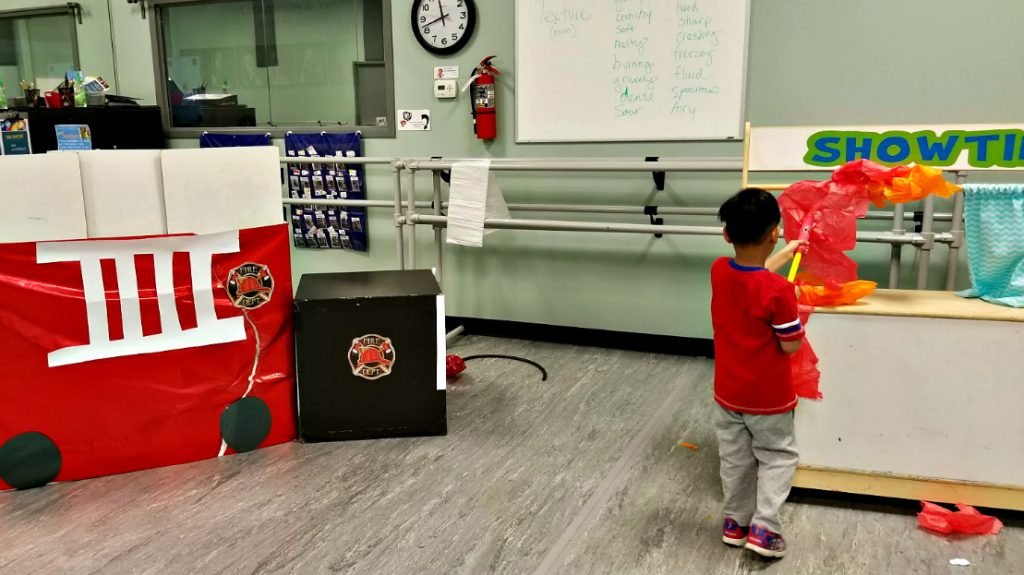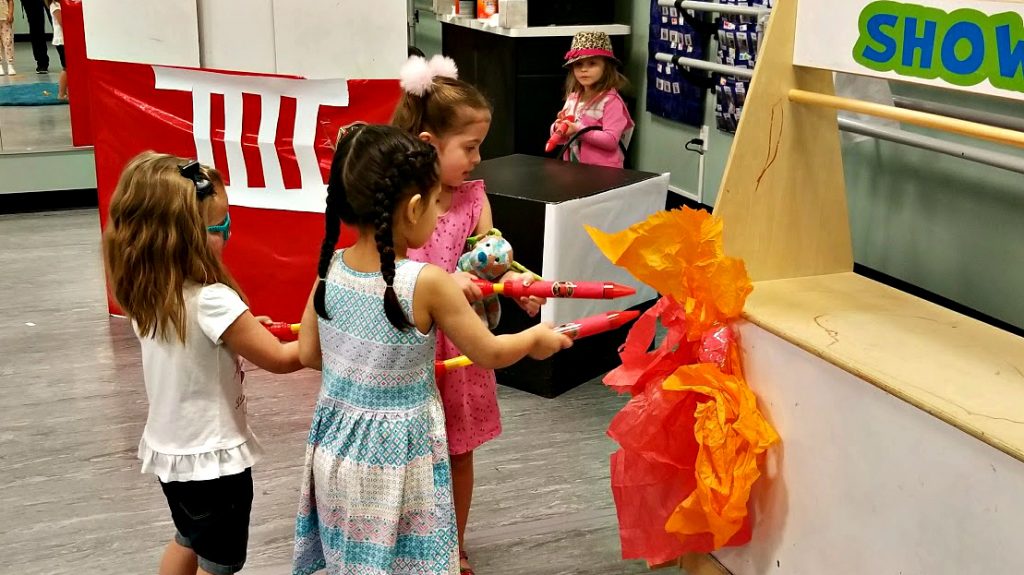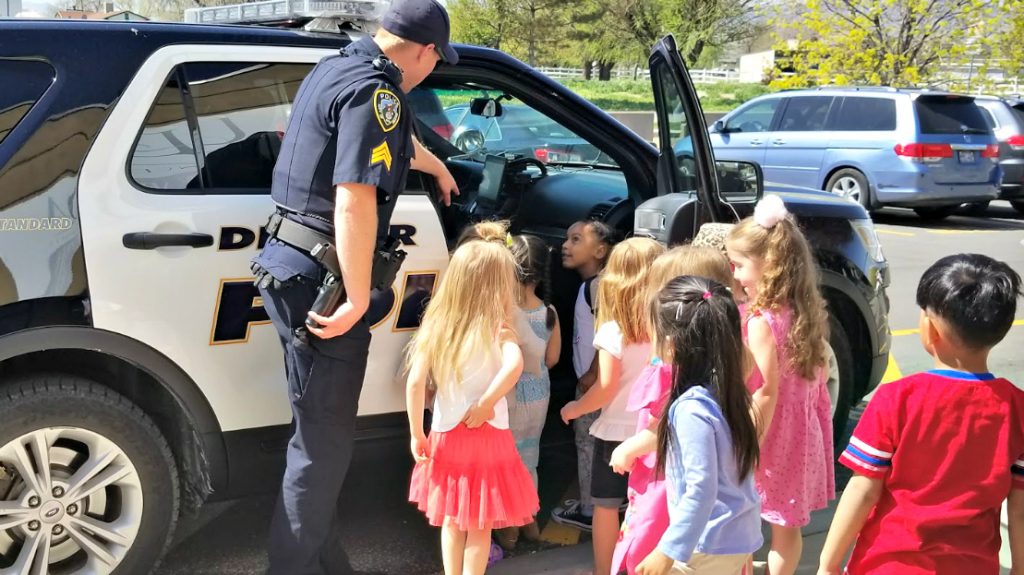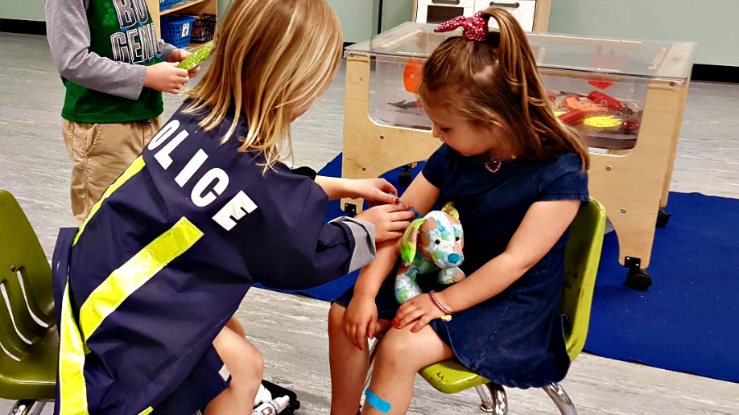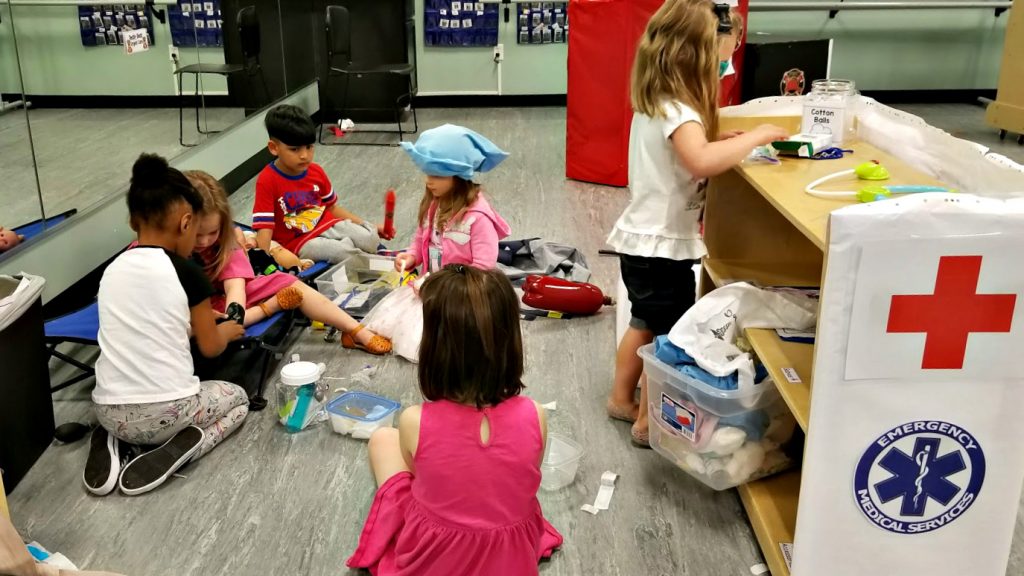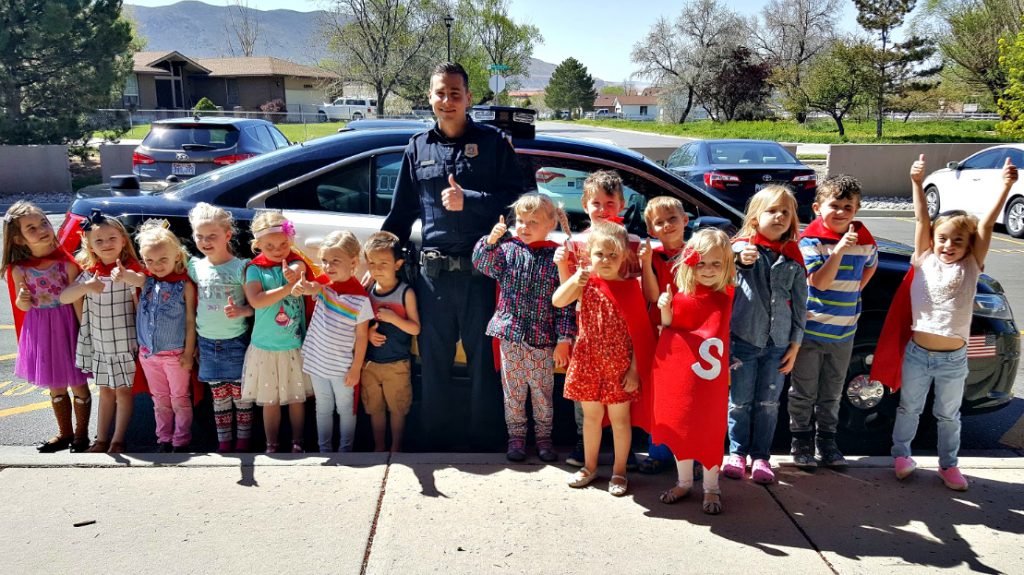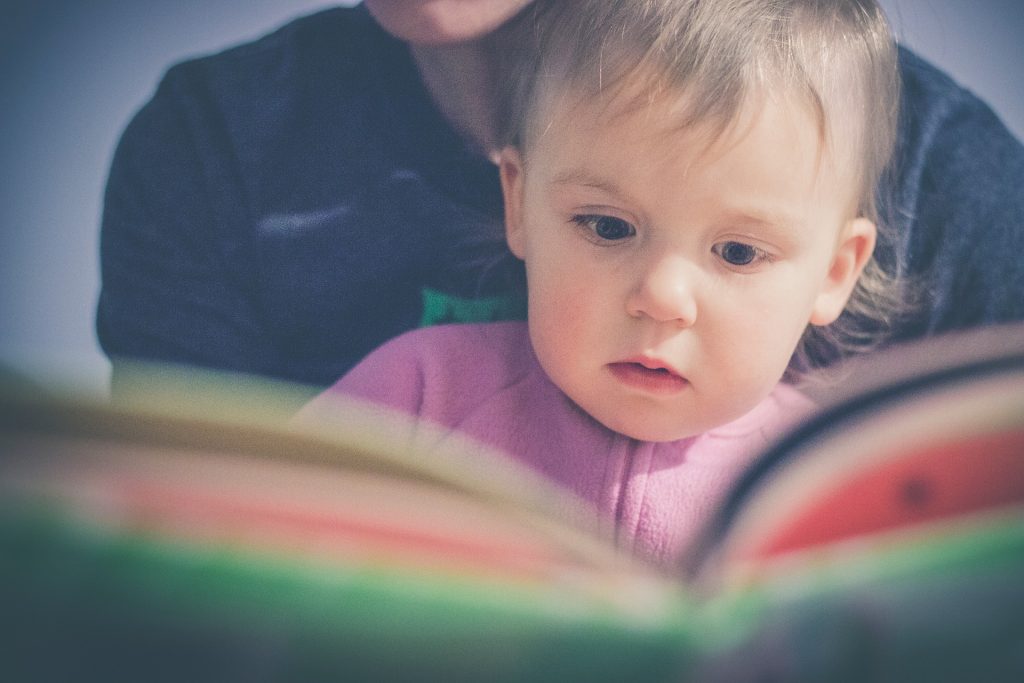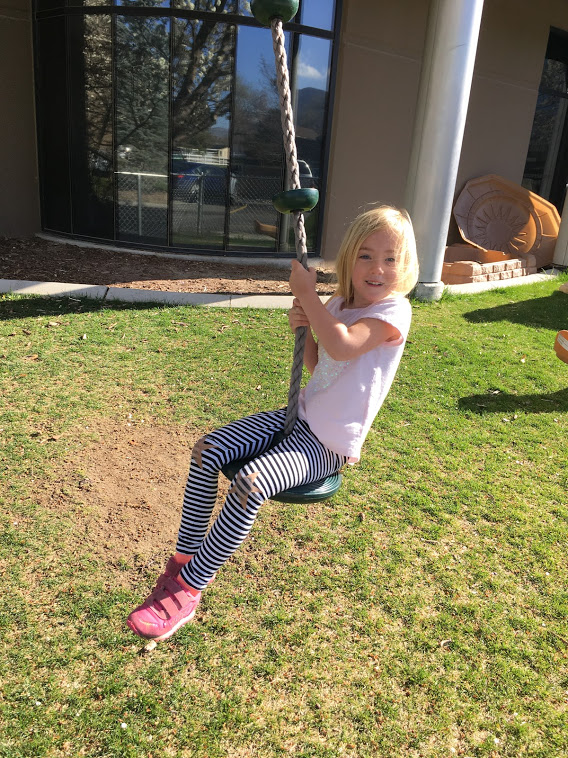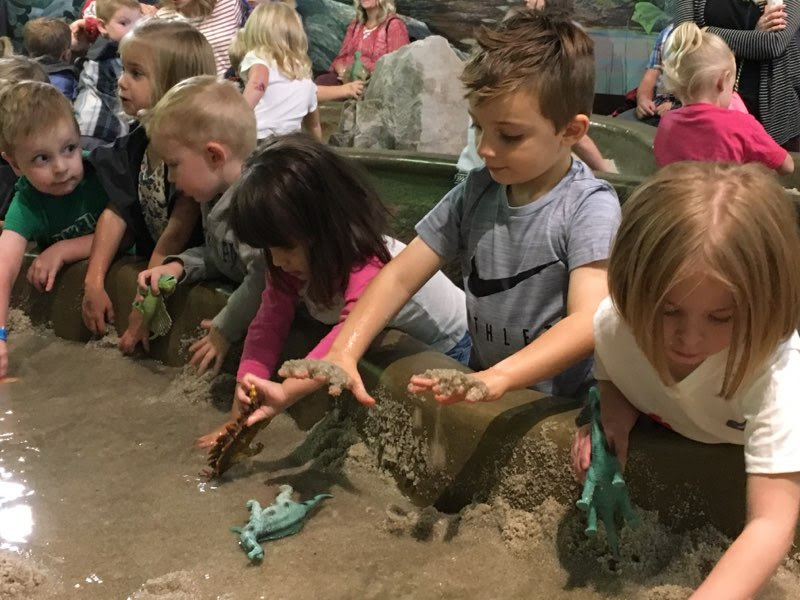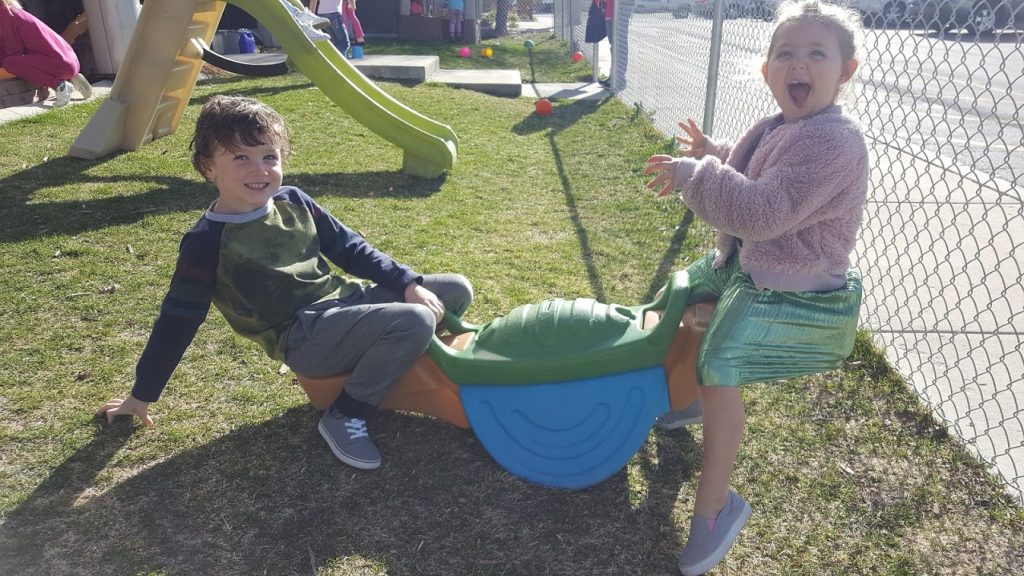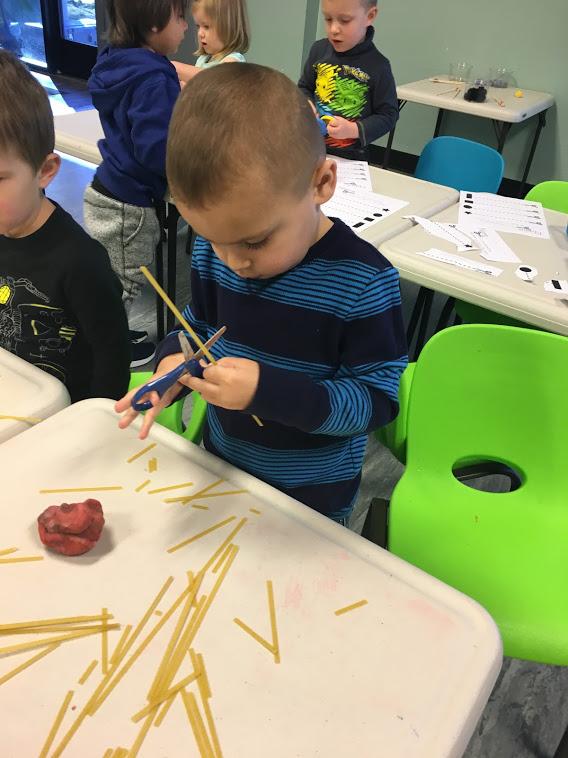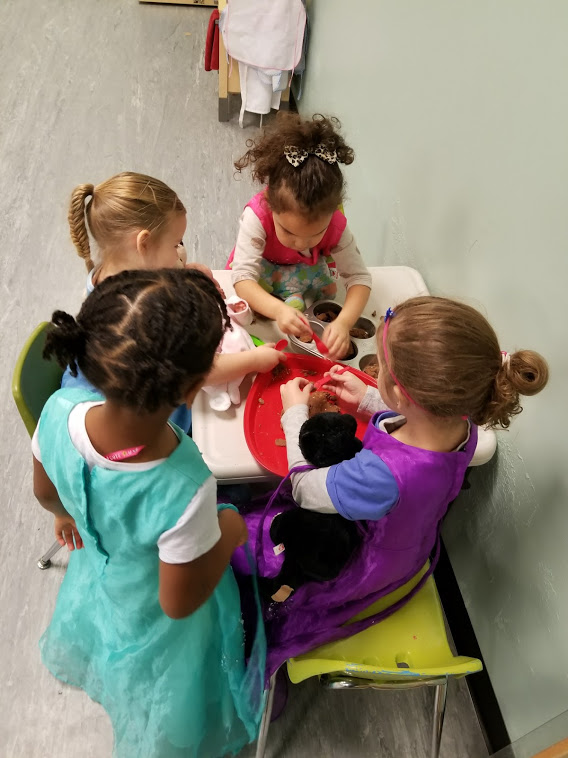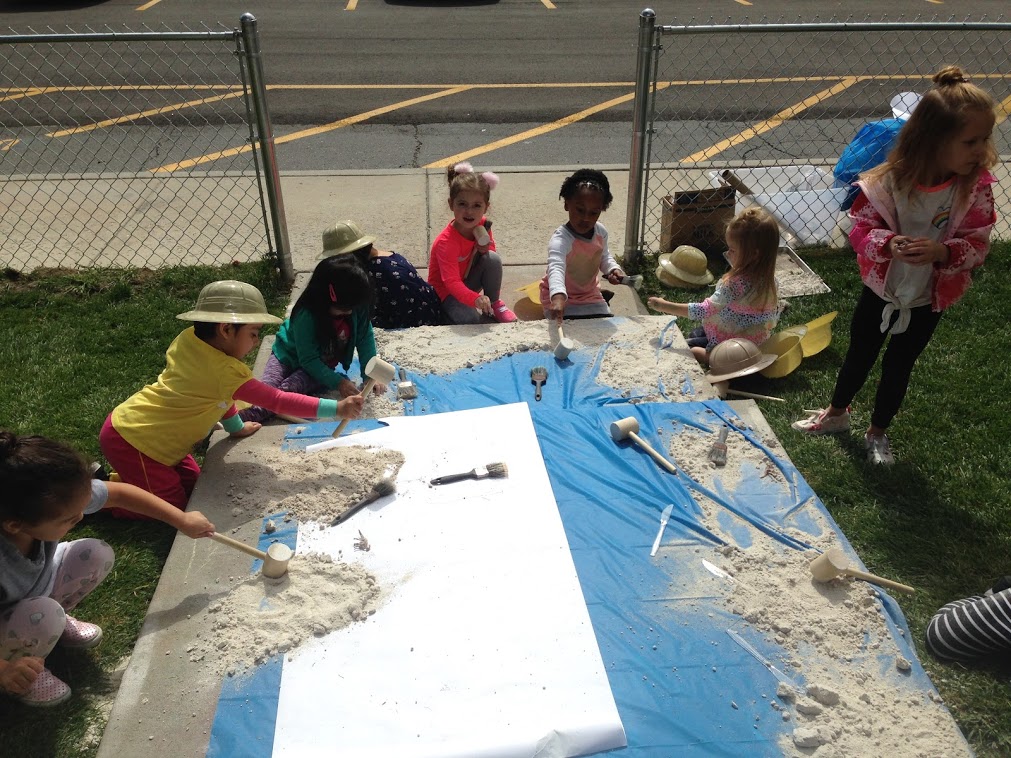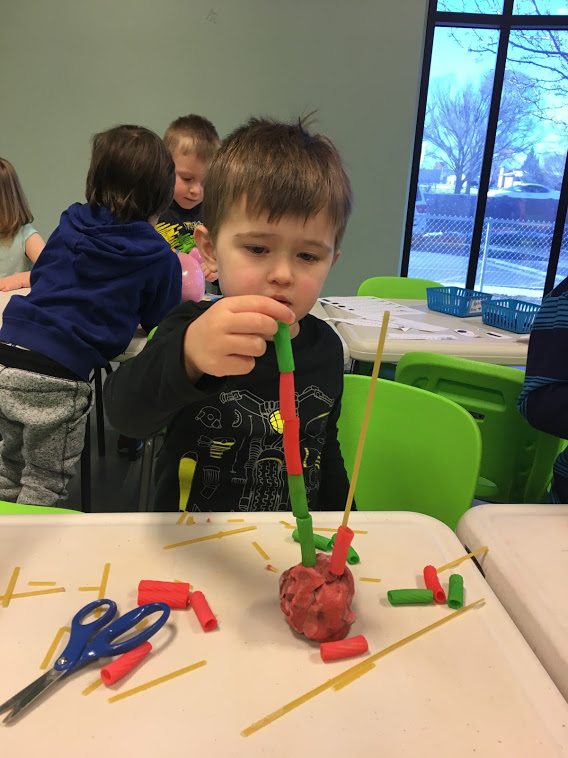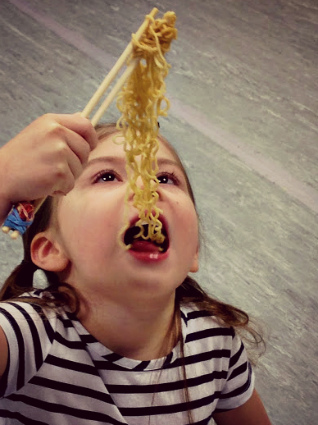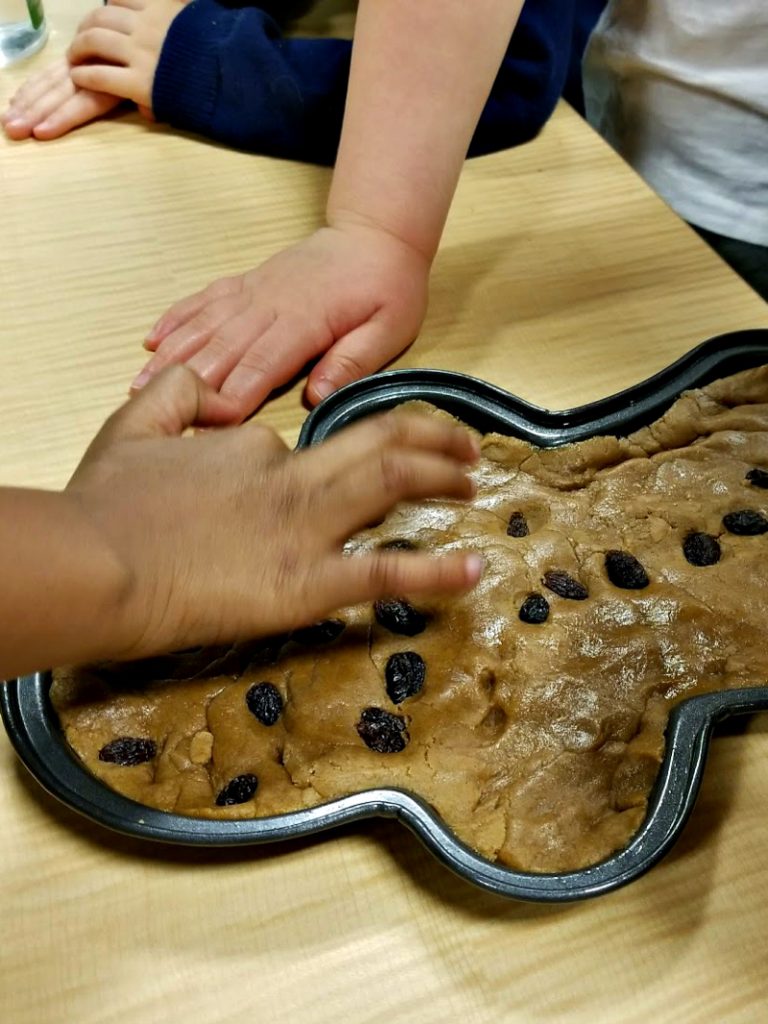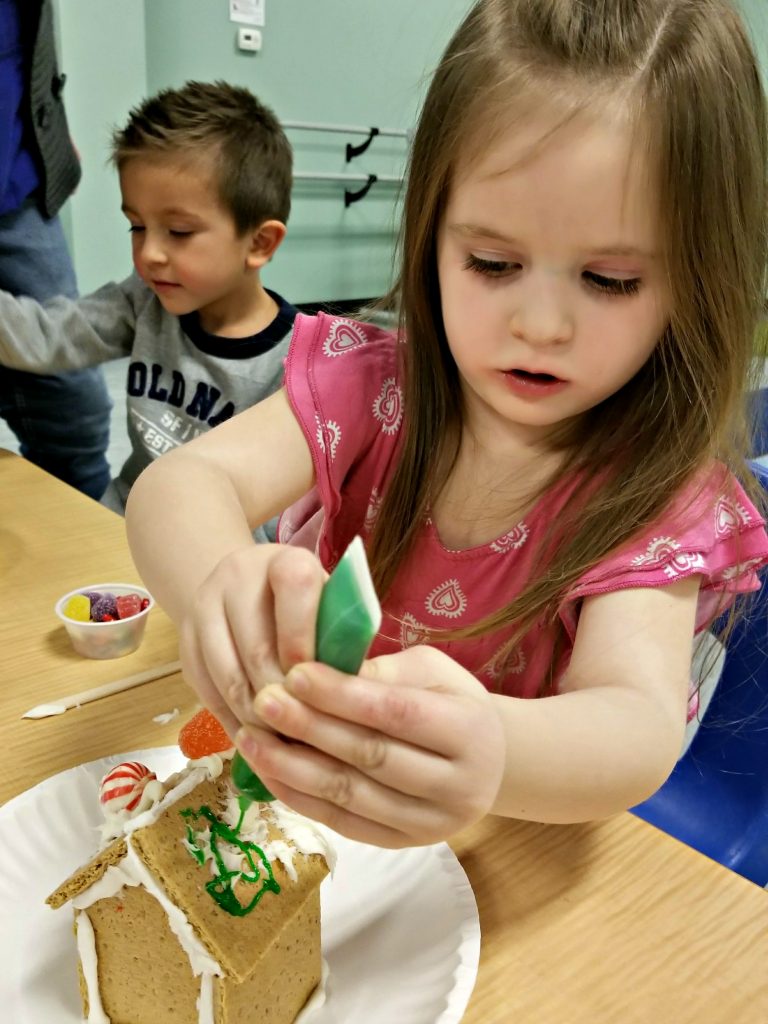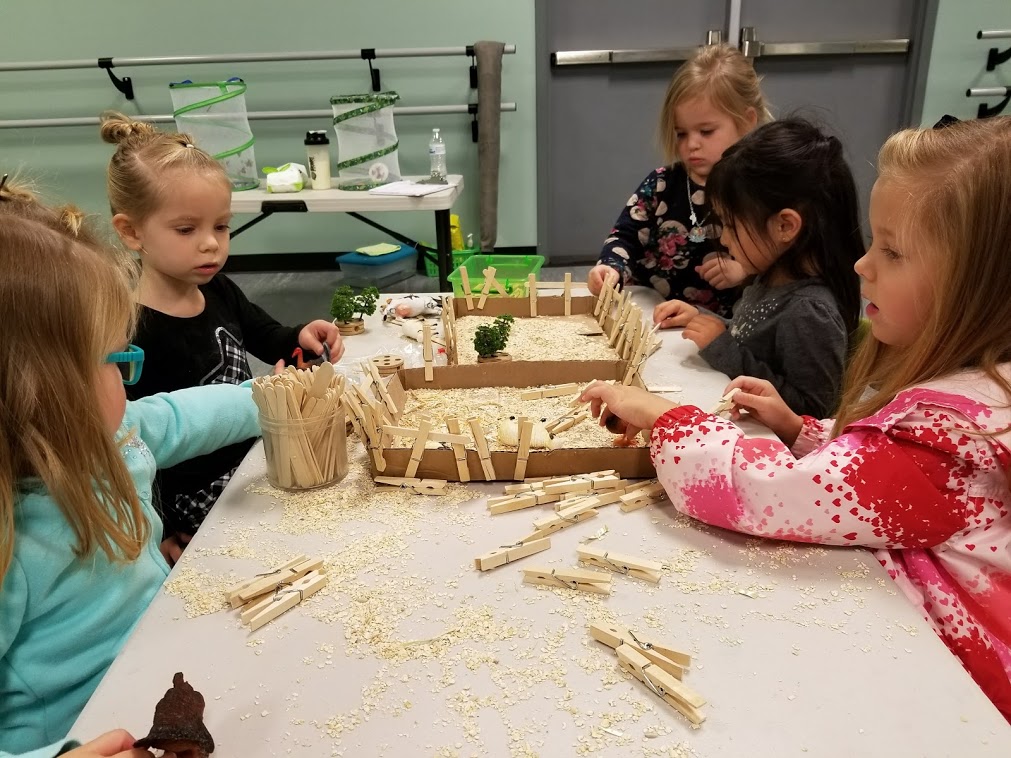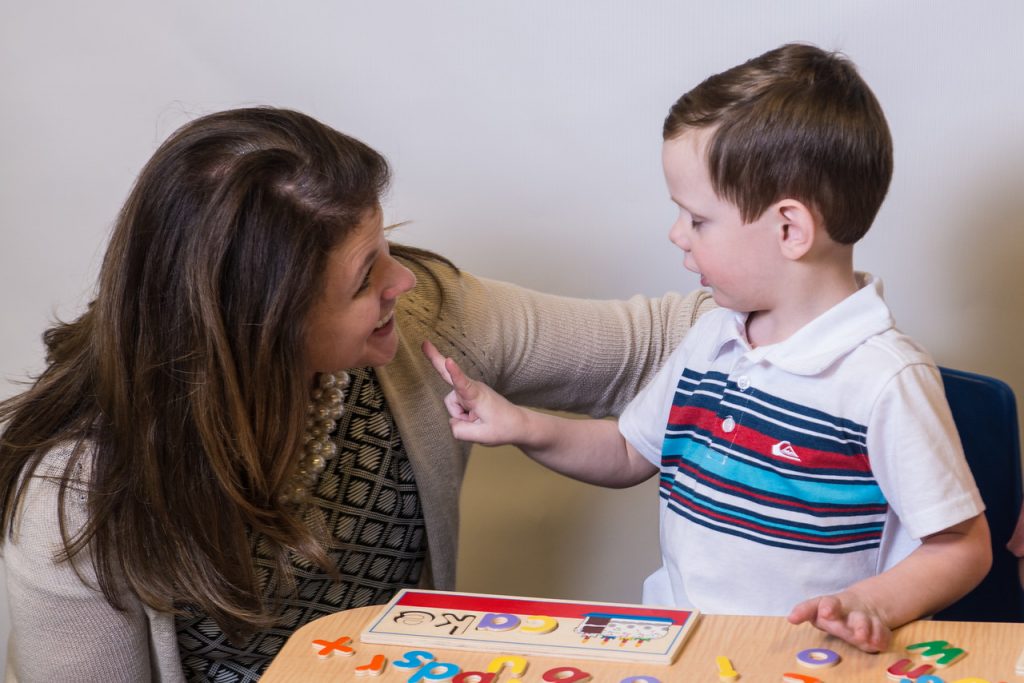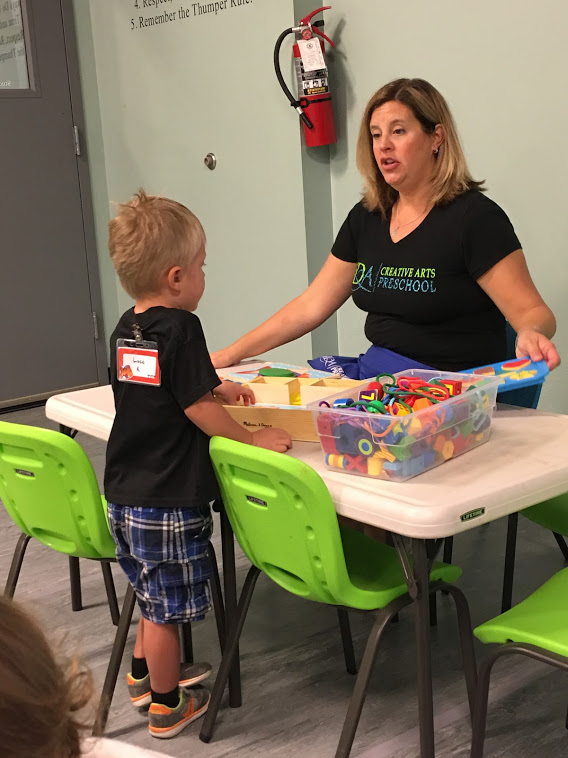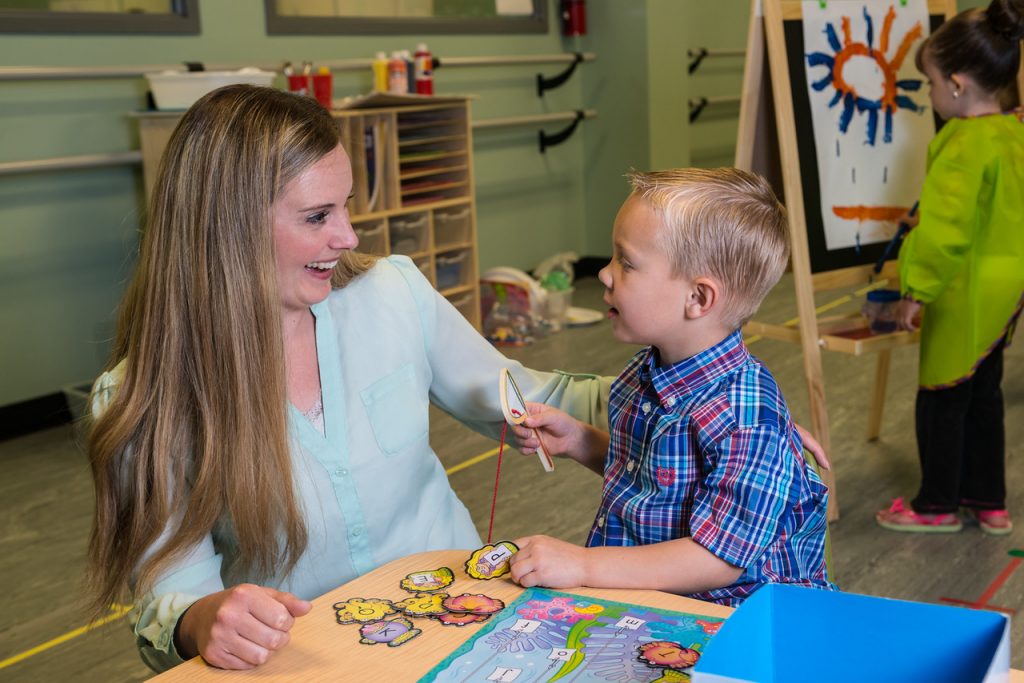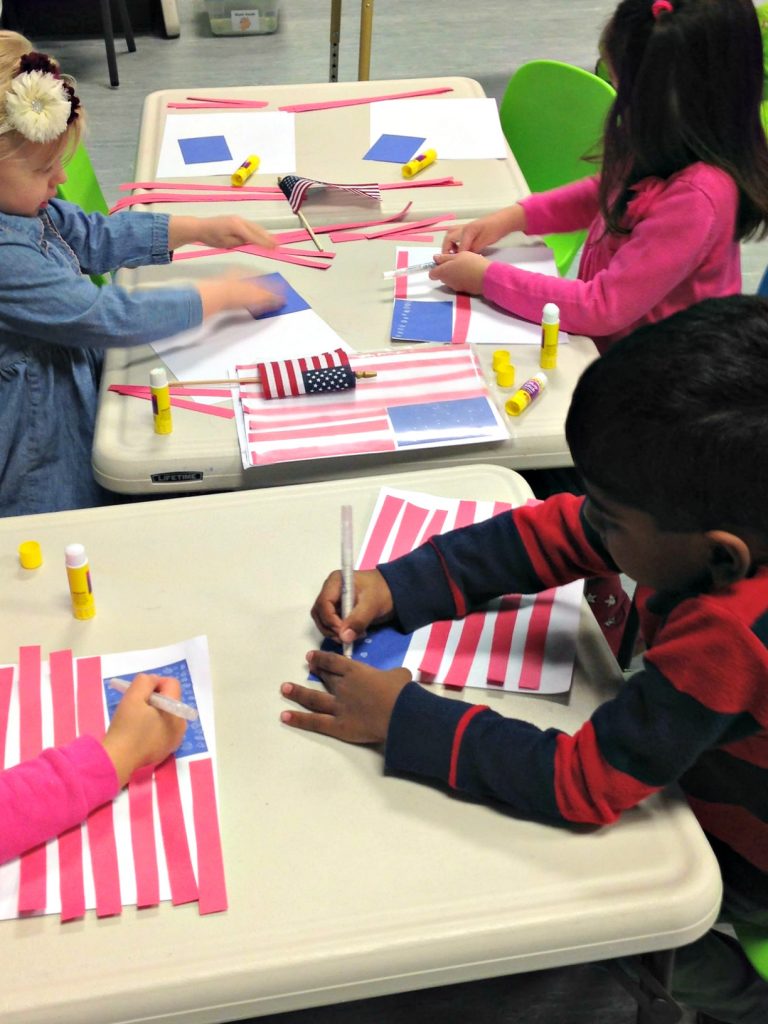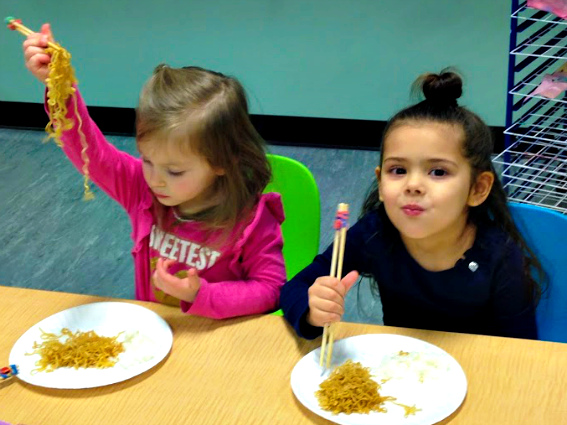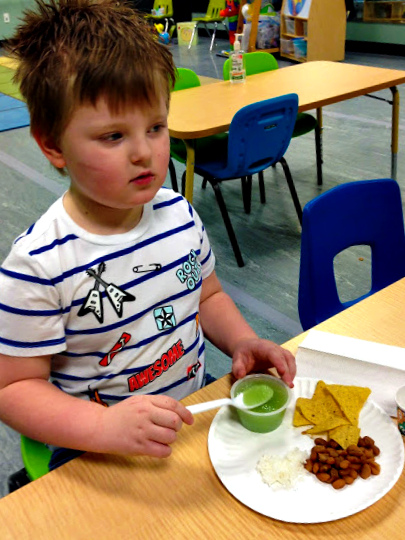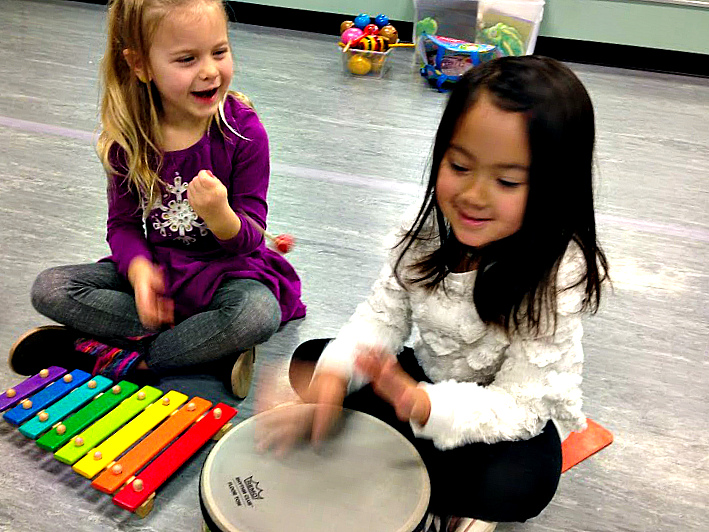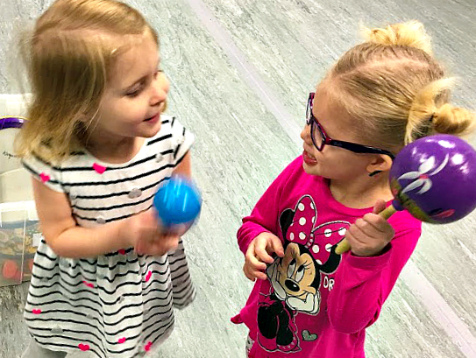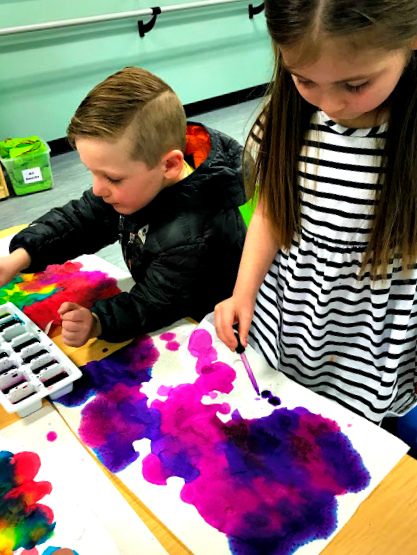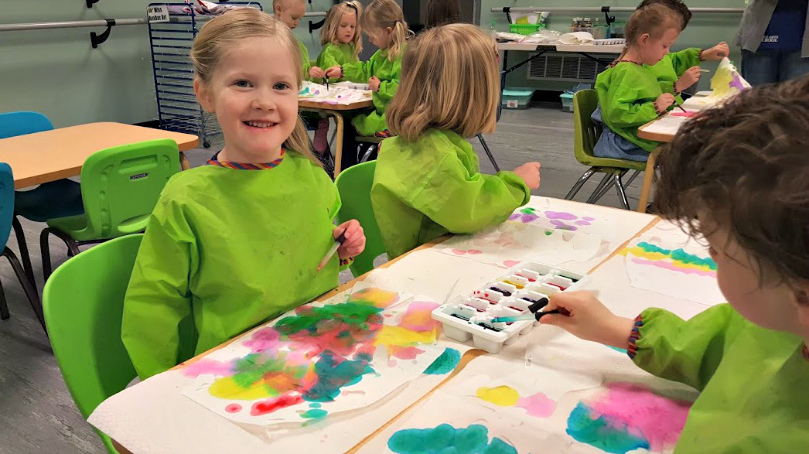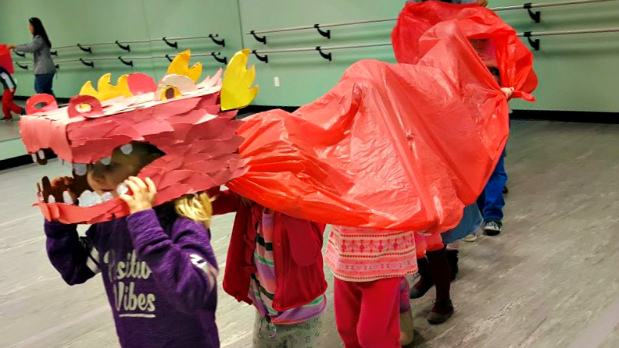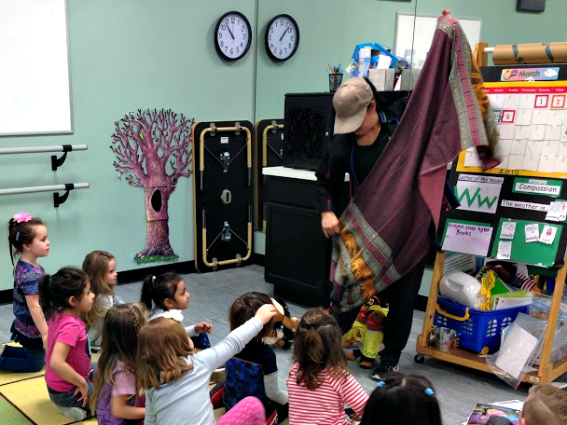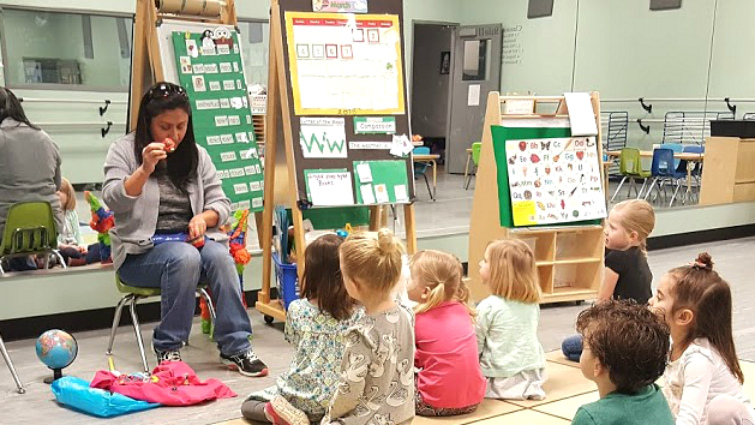It’s hiking season, and there’s nothing better than getting up into the mountains with your family. Studies have shown that spending time in nature builds confidence, promotes creativity, teaches responsibility, improves attention, reduces stress, and so much more. And with more and more screens filling our homes (and our cars and purses and diaper bags), there has never been a more critical time for you to take your preschooler on a hike.
But hiking can be hard. And hot. Not to mention… the bugs.
So how can you keep your preschooler interested and engaged long enough to make it to your hiking destination? Read on for tips on keeping your preschooler engaged on a hike.
Get a Walking Stick
If your preschooler’s hands are occupied, that gives him less reason to beg to be carried. Plus, a walking stick is just cool. Your preschooler will feel powerful as he uses his walking stick to guide the way. And don’t be surprised if imagination is sparked — does the walking stick make your preschooler a wizard? An explorer? A witch? Whatever it is, if your child is busy imagining, it will be easier to put one foot in front of the other.
Give Jobs
Preschoolers love to feel important, and you can keep your child focused and engaged by giving her a role to fill while on the trail. Appoint her as the leader, the bird watcher, the photographer, or the animal poop spotter. Change roles as you go, especially if you have multiple children.
Go on a Scavenger Hunt
Preschoolers love a good scavenger hunt. Ask your child to find things that are different shapes, different colors, something wet, something dry, something alive, something sticky, something icky… you get the idea.
You can also have him find specific items, like a squirrel, a log, a waterfall, a rock bigger than his hand, etc. This can be done on the fly, with you suggesting each item out loud one by one. Or you can write up a scavenger hunt ahead of time and have your child check off each item as he goes. Don’t be surprised if he wants to make his own suggestions!
Engage the Senses
Experiencing environments through the senses is powerful. In fact, that’s why we take a multisensory learning approach at UDA Creative Arts Preschool. We know that the more senses involved, the more effective the learning will be. You can tap into this power on your hike.
Stop and listen to the rushing water of a nearby river, or challenge each other to count how many birds can be heard in a minute. Try and find every color of the rainbow on your hike. Feel the different textures of rocks, sticks, leaves, and trees. Inhale deeply to smell the forest and pause to take whiffs of wildflowers.
Be a Nature Artist
Let your child capture the experience through art. Bring a notebook and some coloring utensils, and pause somewhere out of the way to let your preschooler draw or paint what she sees. Bring a notebook for yourself too. Creating art is therapeutic, and will give you both a unique perspective to take home and remember your hike together.
Letter Play
How many things in nature can your preschooler find that start with the first letter of her name? If your preschooler can spell her whole name, go through each letter. If interest is still sticking around once you complete the name, start at the beginning of the alphabet or choose another family member’s name.
Pack Smart
Nobody can keep their spirits up when they’re hangry or dehydrated. Avoid the struggle and pack healthy, filling snacks like trail mix, granola bars, fruit leathers, and apples to keep everyone’s tummies satisfied. Bring enough water for everyone, and make sure everyone is taking sips throughout the hike.
Don’t forget insect repellent and sunscreen. If you’ll be on the trail for several hours, be sure to reapply. Bring a handkerchief that can be soaked in water and worn around the neck, and have everyone wear a hat.
Adjust Expectations
Be flexible and ready to adjust your expectations. Your preschooler may not have the same stamina as you, and you may not make it to the waterfall or the summit. That’s okay. Begin your hike with a flexible mindset, committing to enjoy the journey, and everyone will count the outing as a success.
At UDA Creative Arts Preschool, we believe strongly in letting children explore their world to make their own connections. If you’d like to see how your child can benefit from our preschool program, give us a call at (801) 523-5930, or contact us online for a tour.

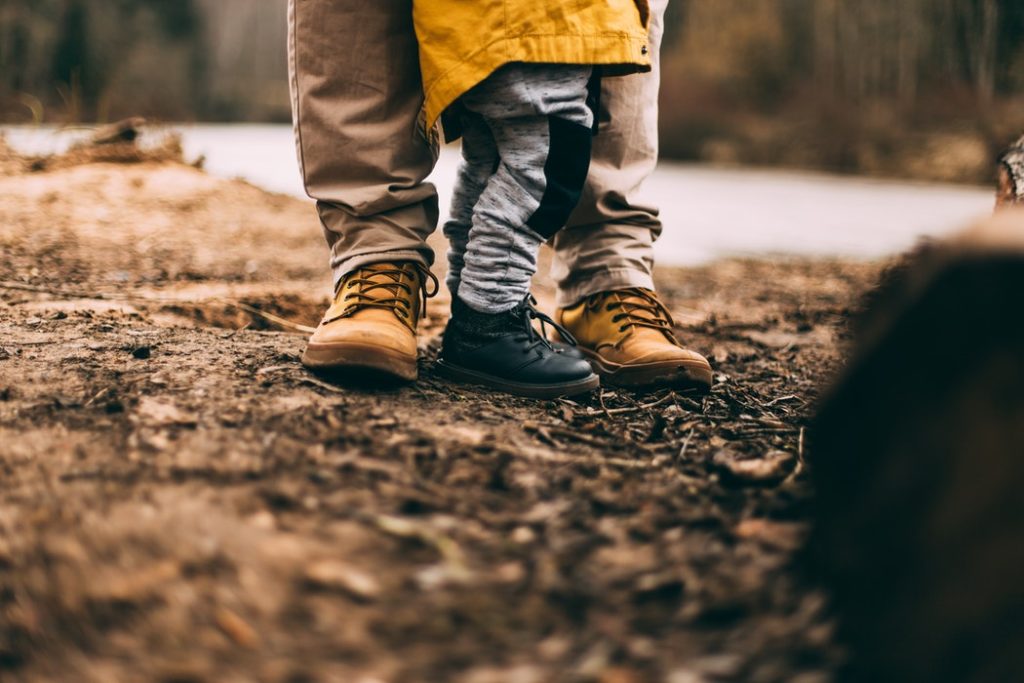
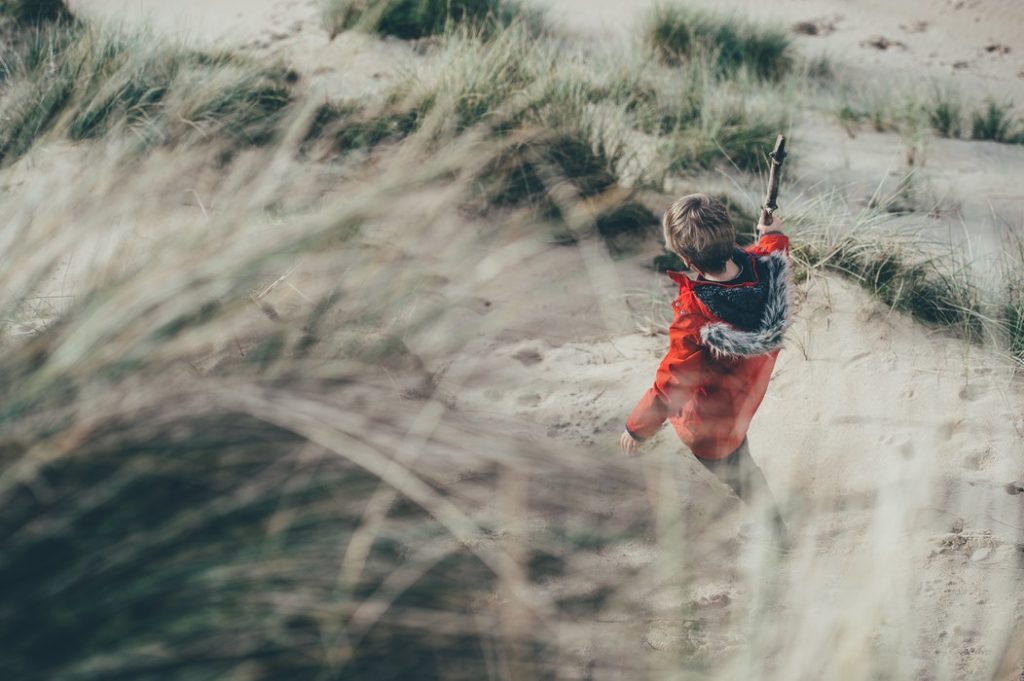
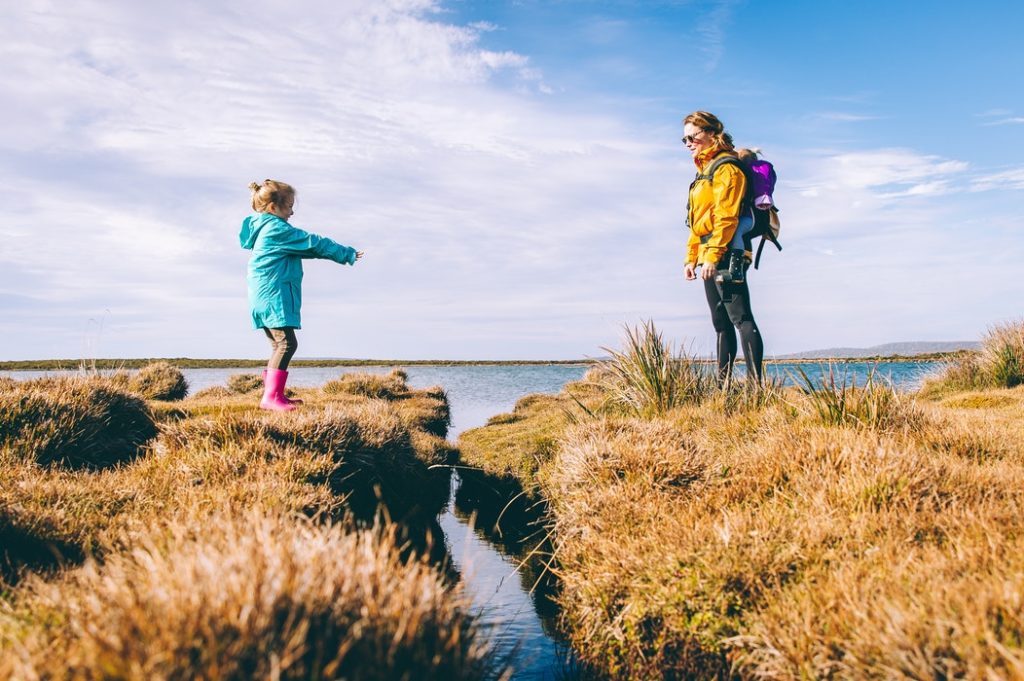
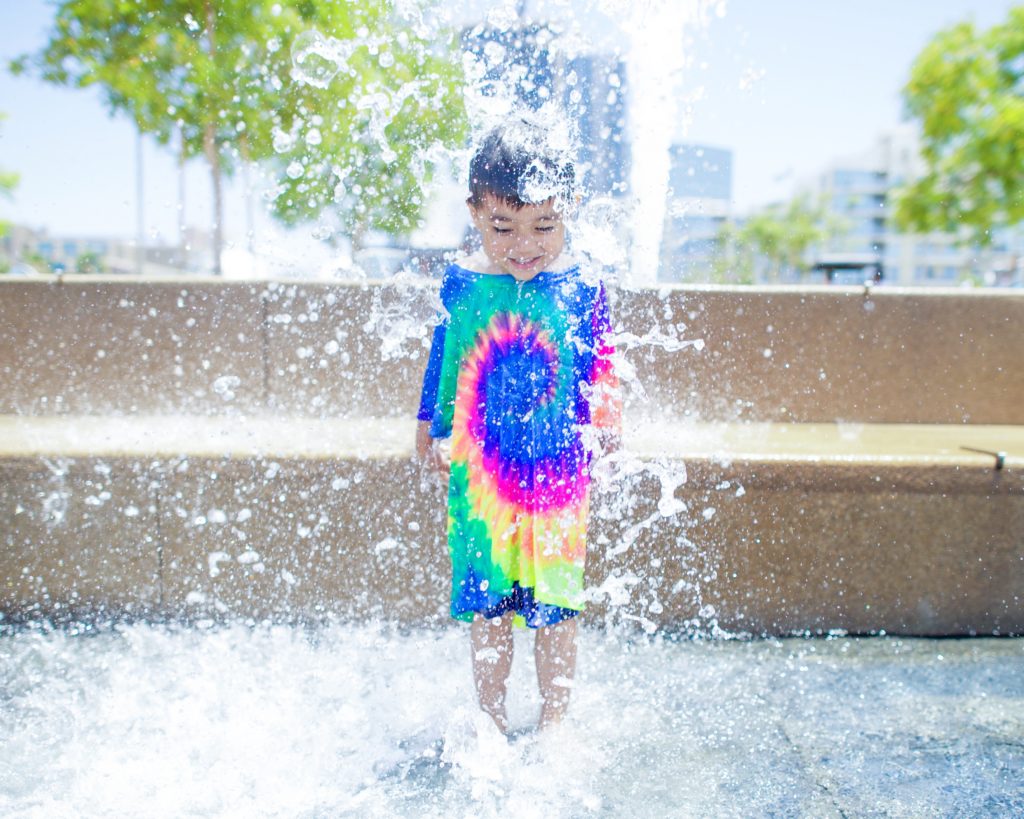
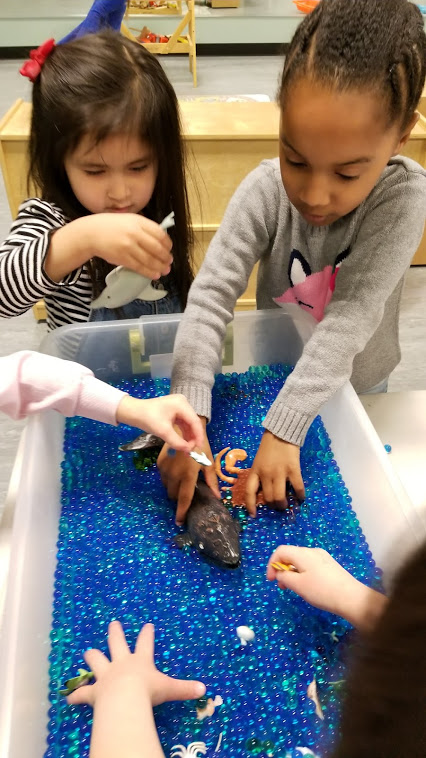
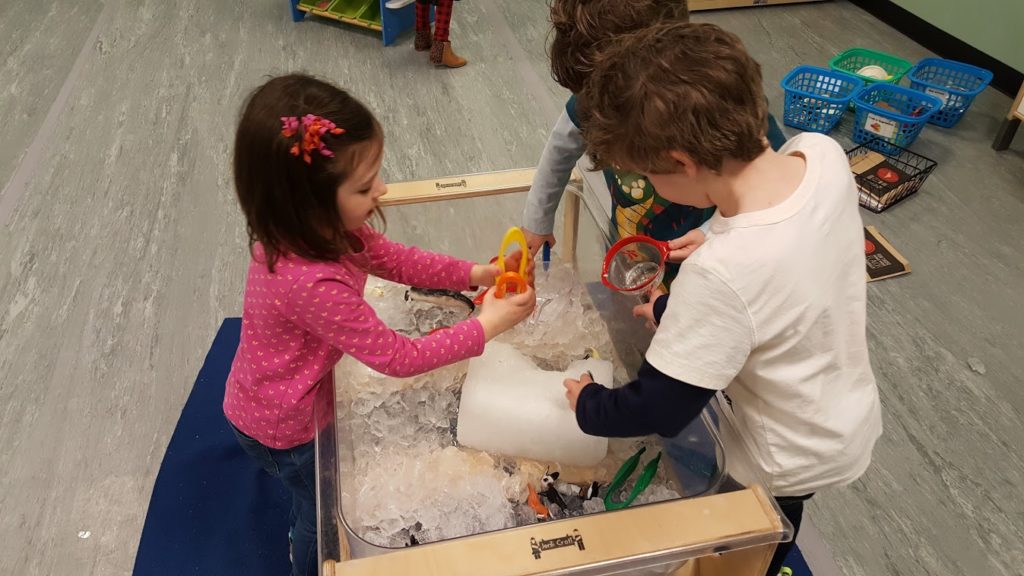
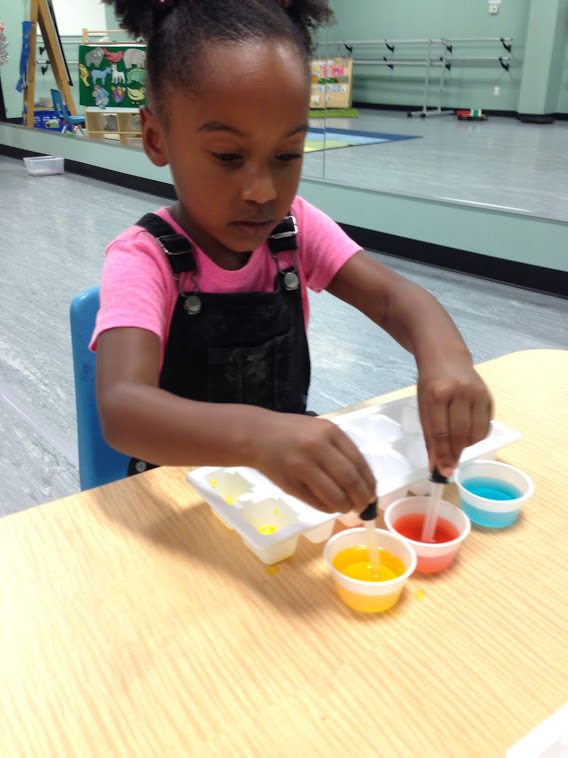
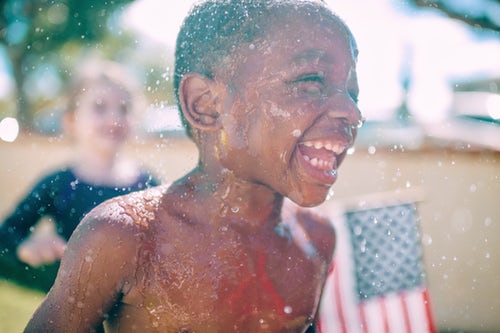
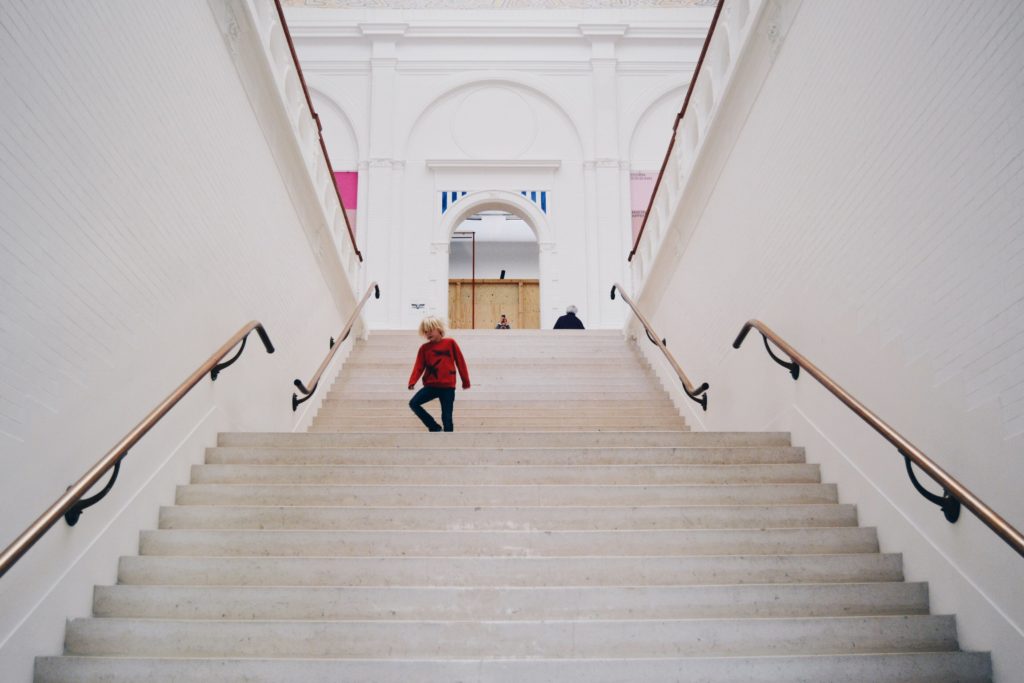
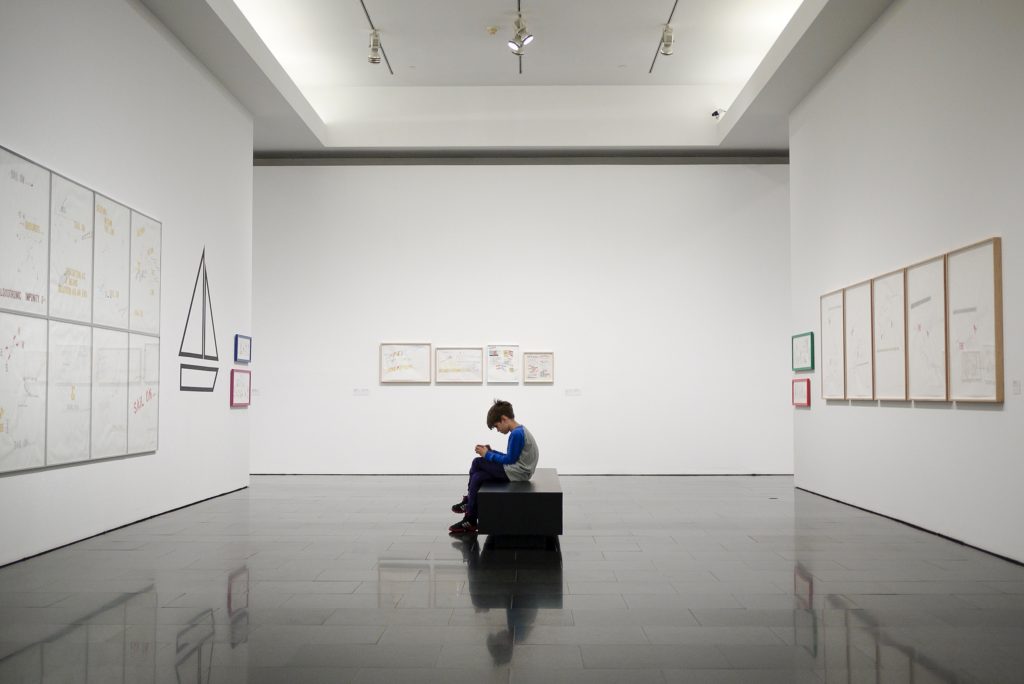
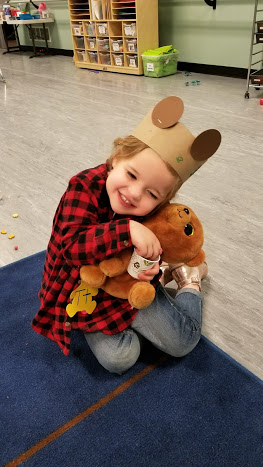
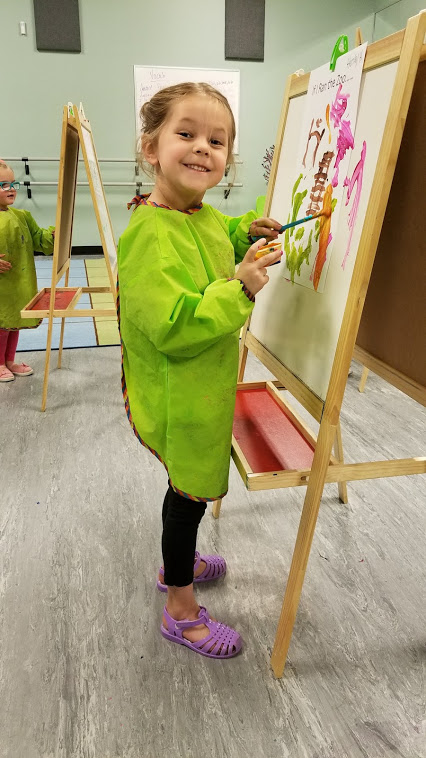
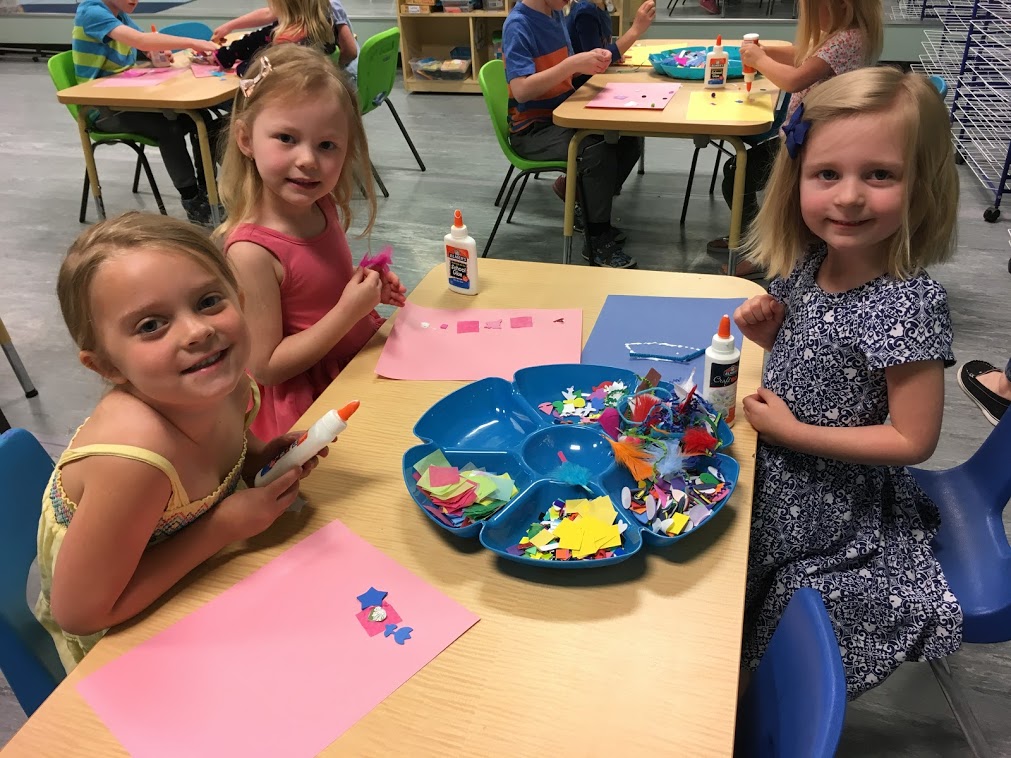

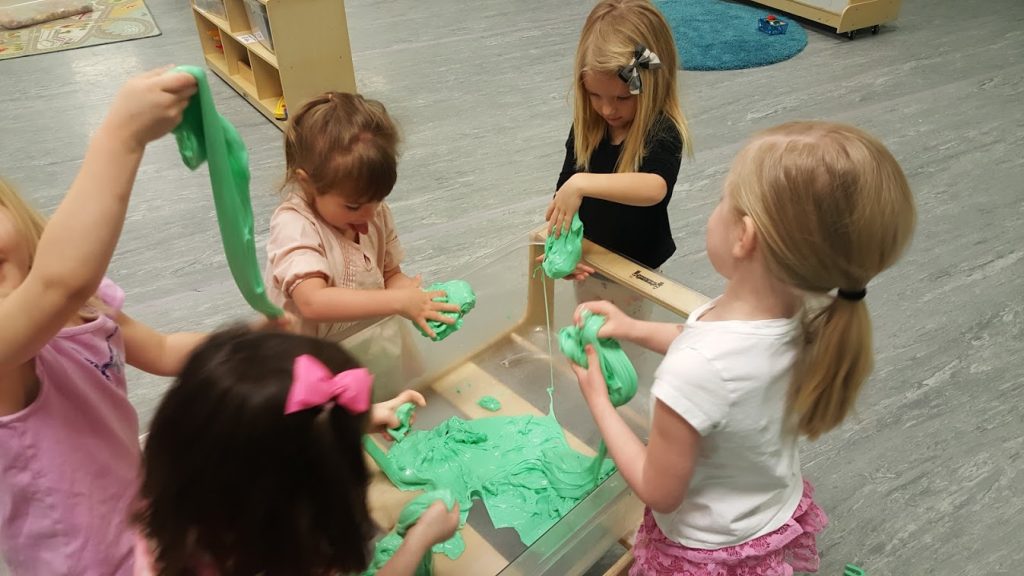

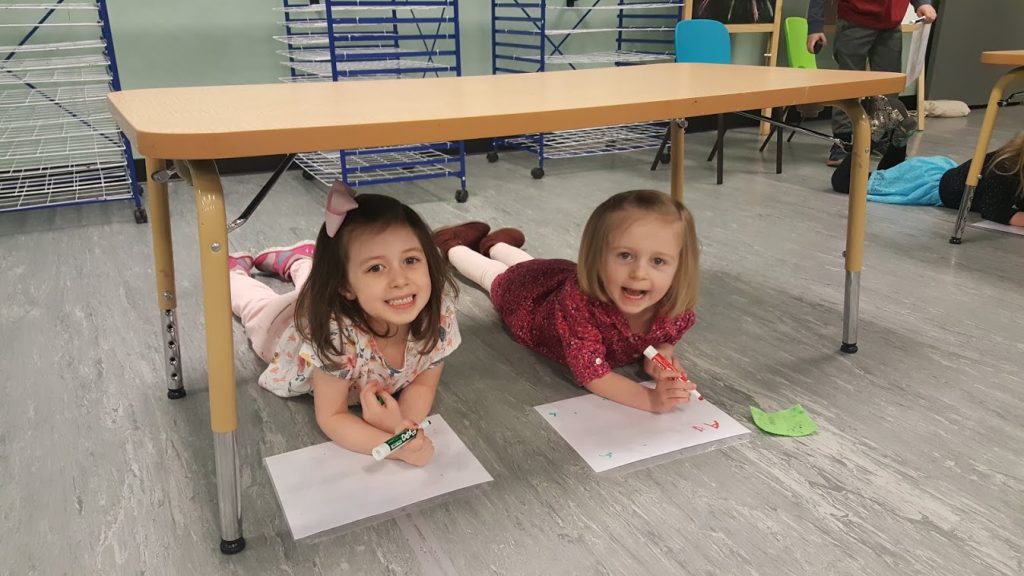
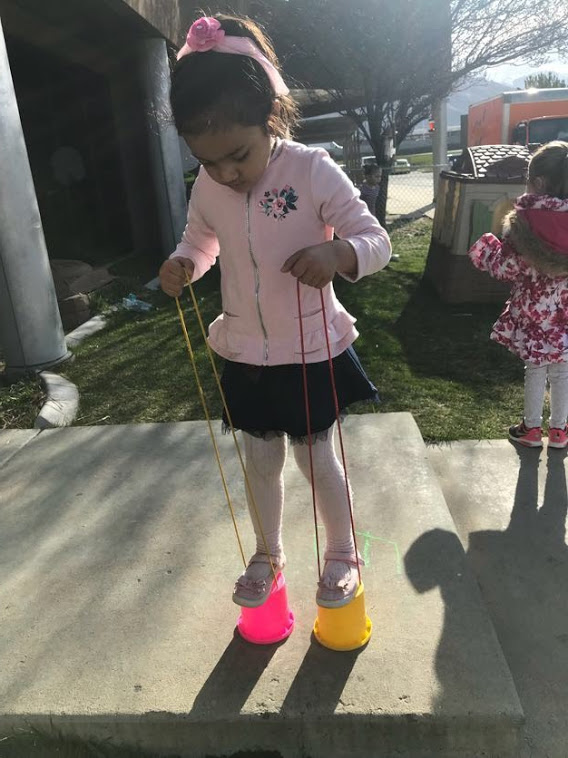
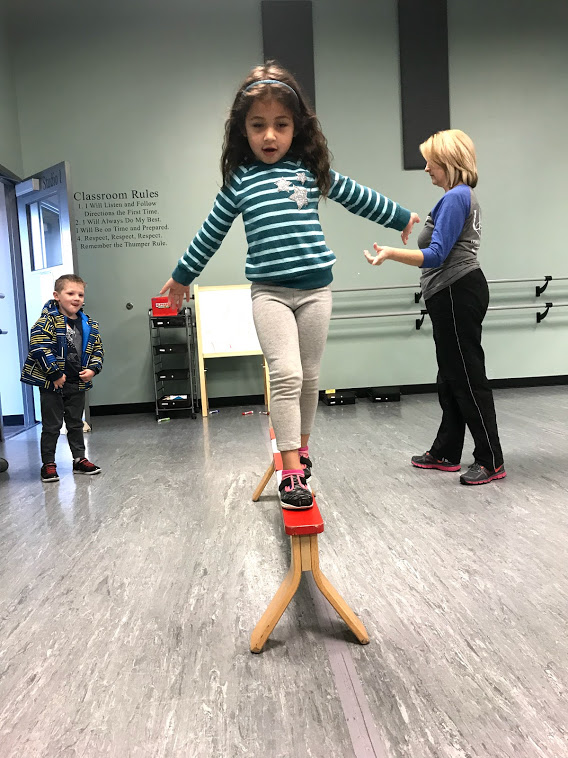
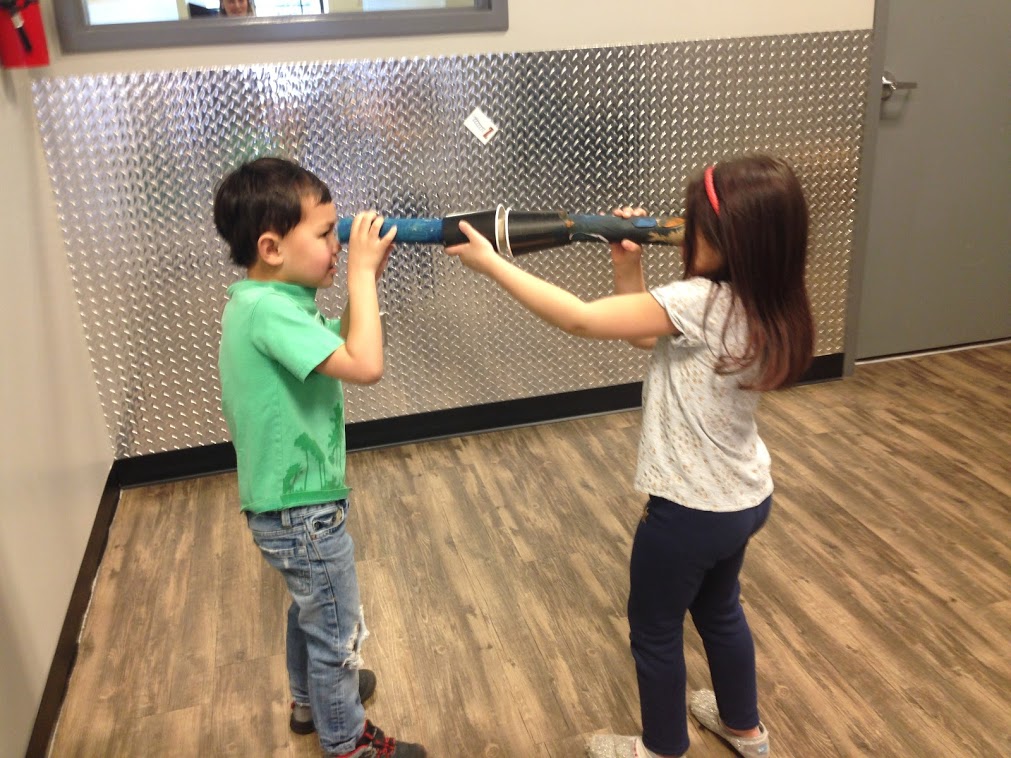
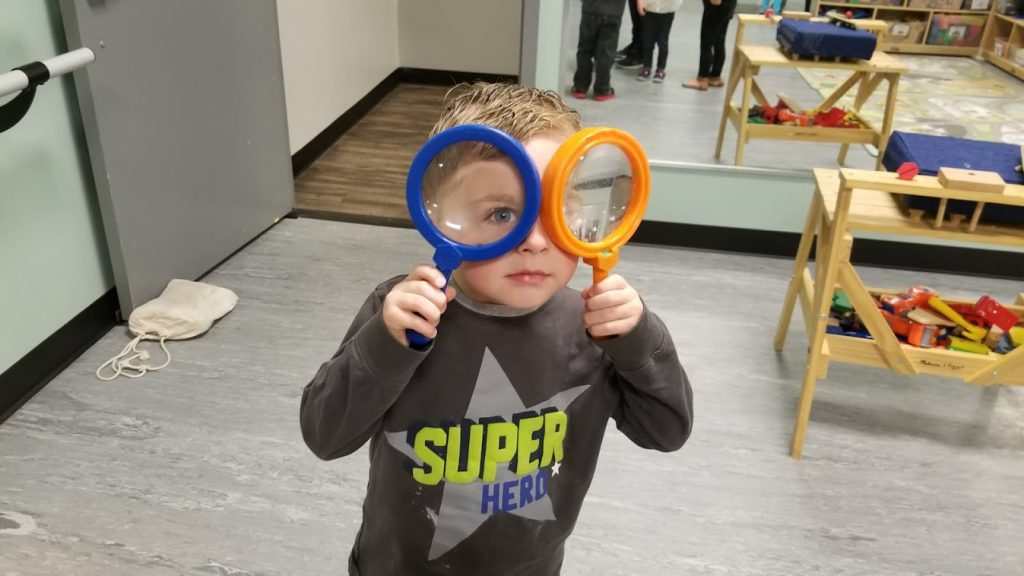
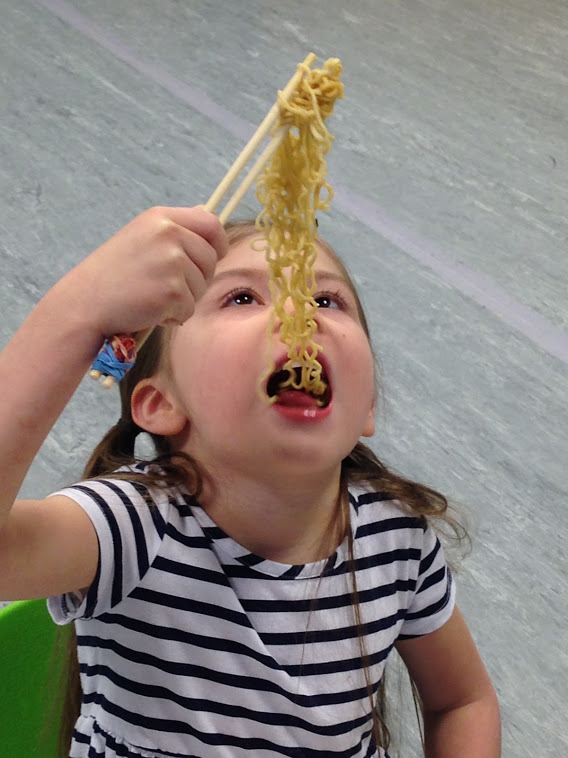
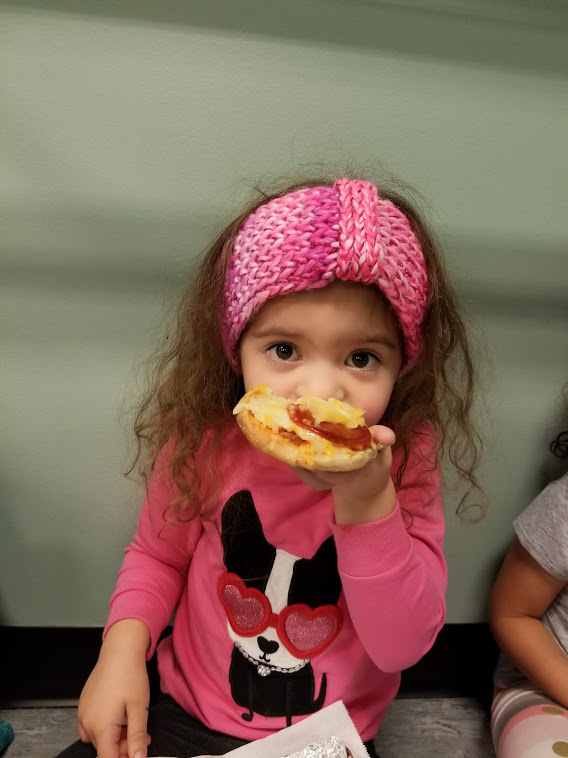
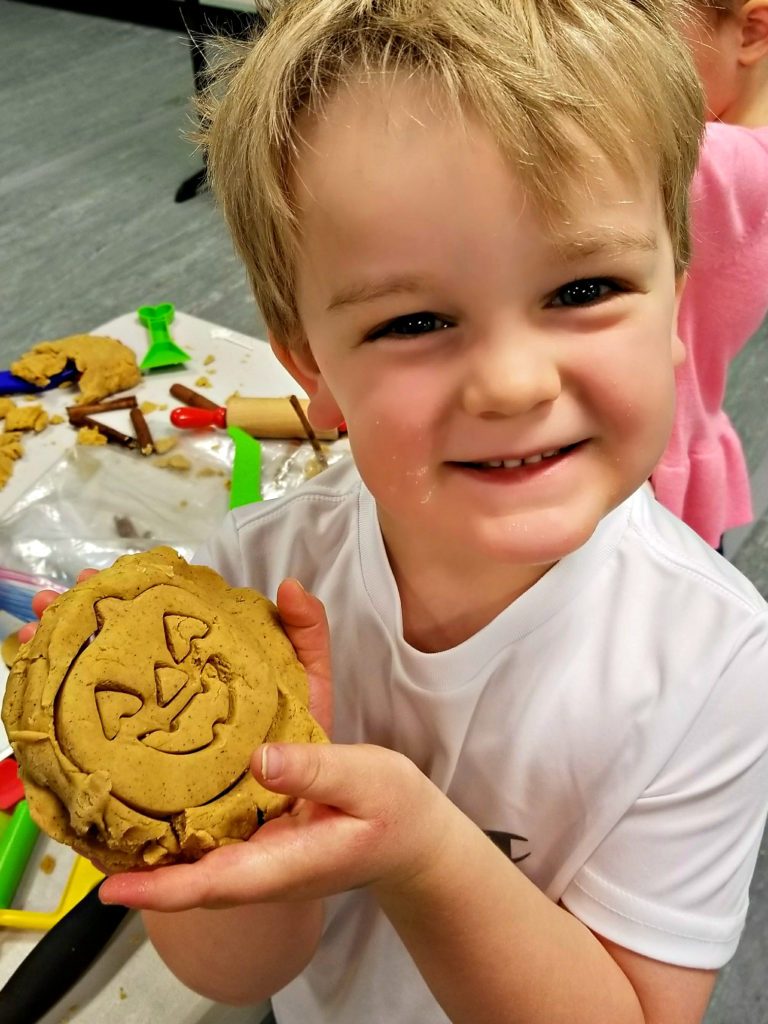
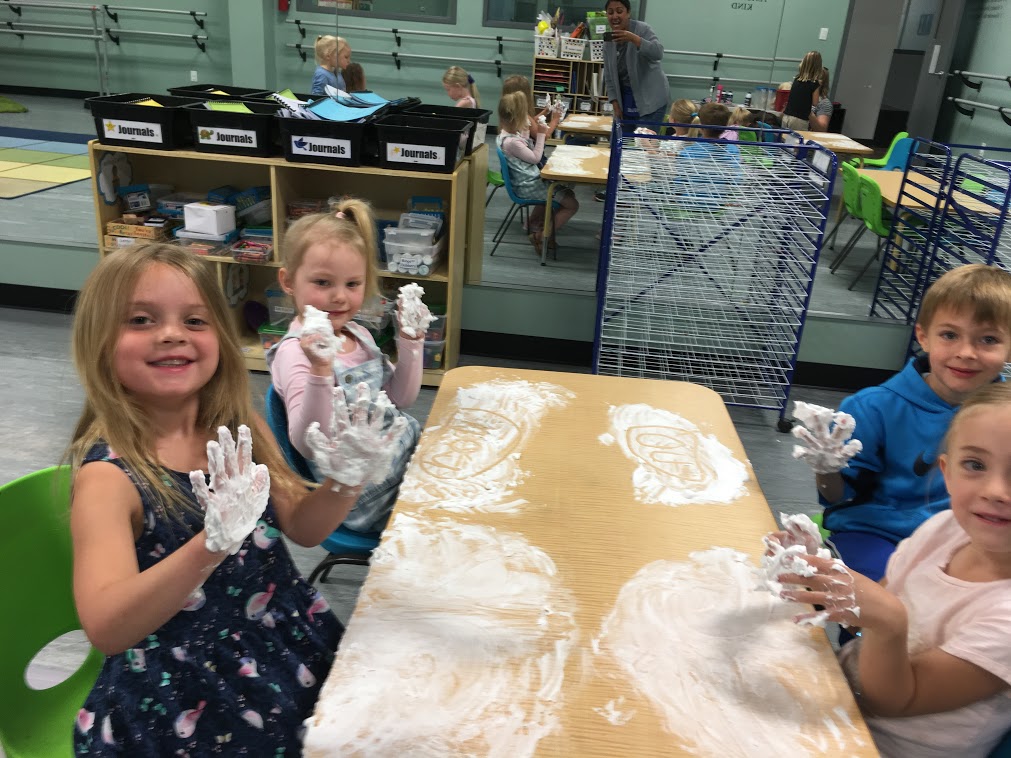
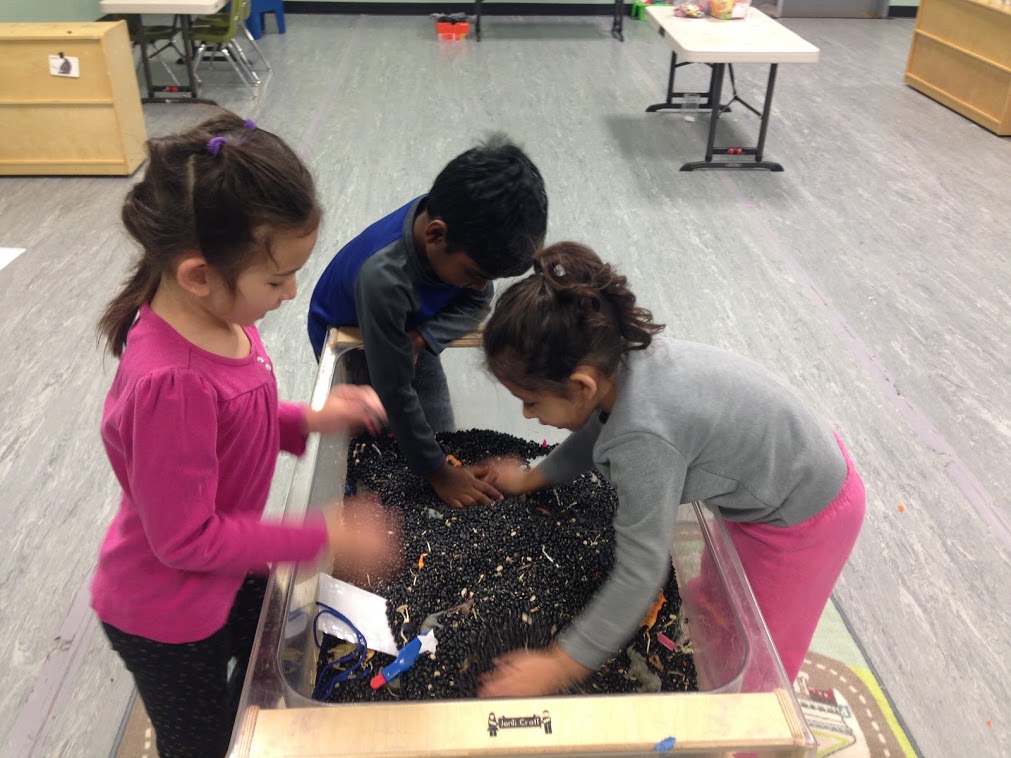

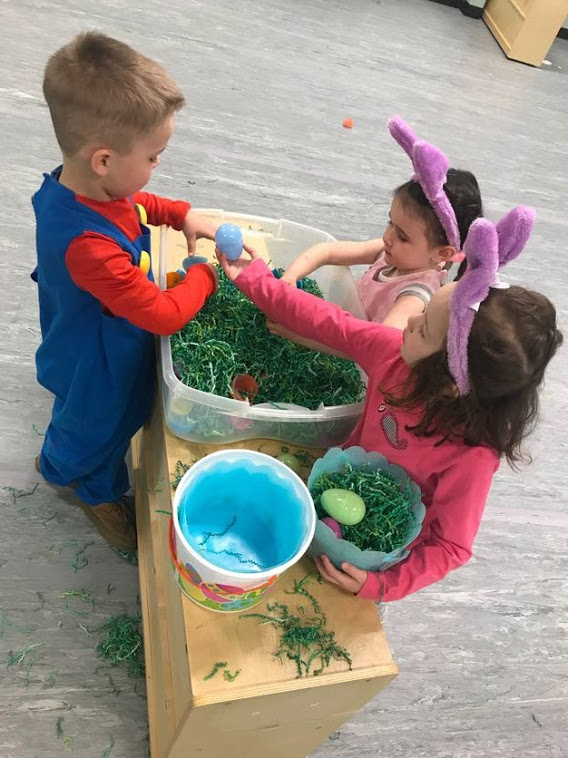
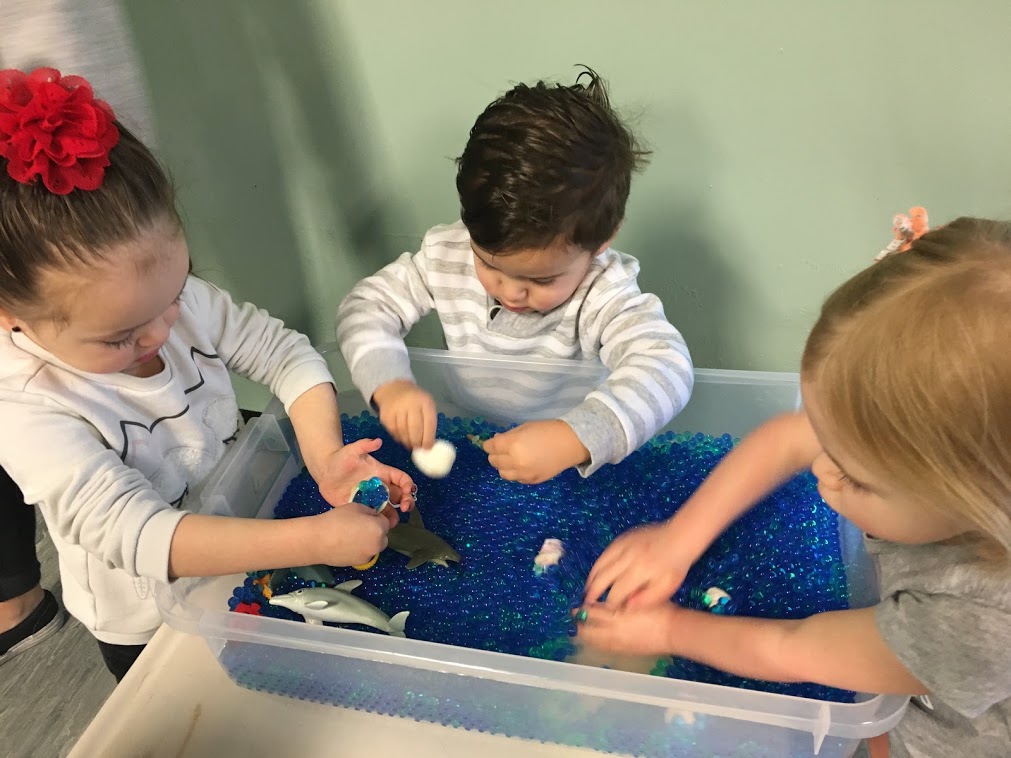
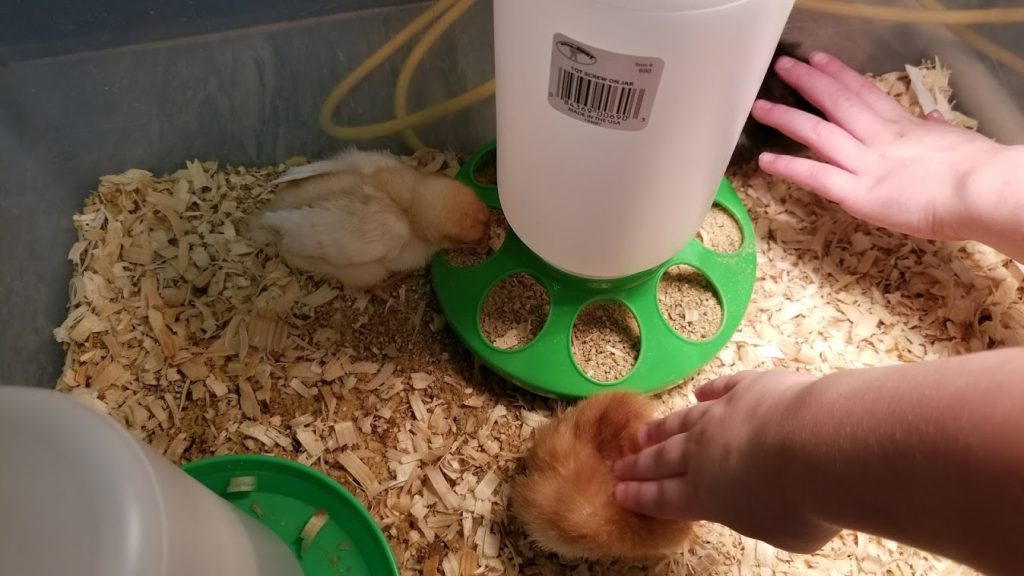
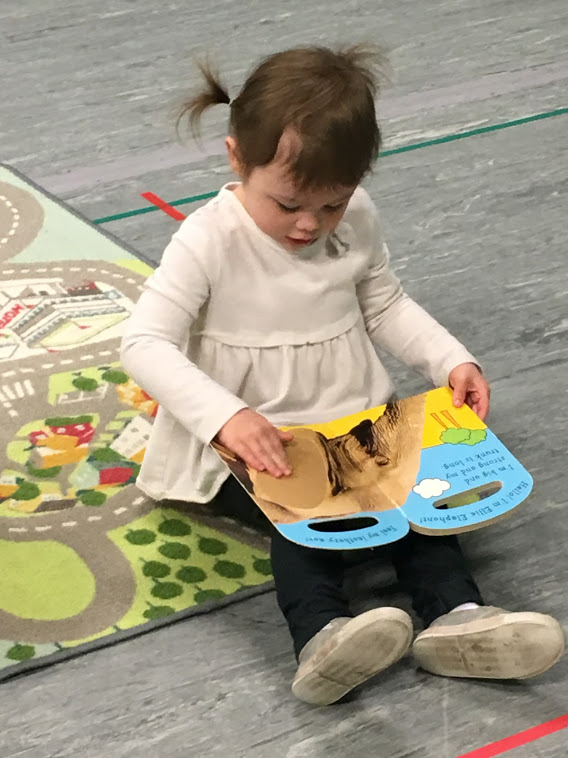
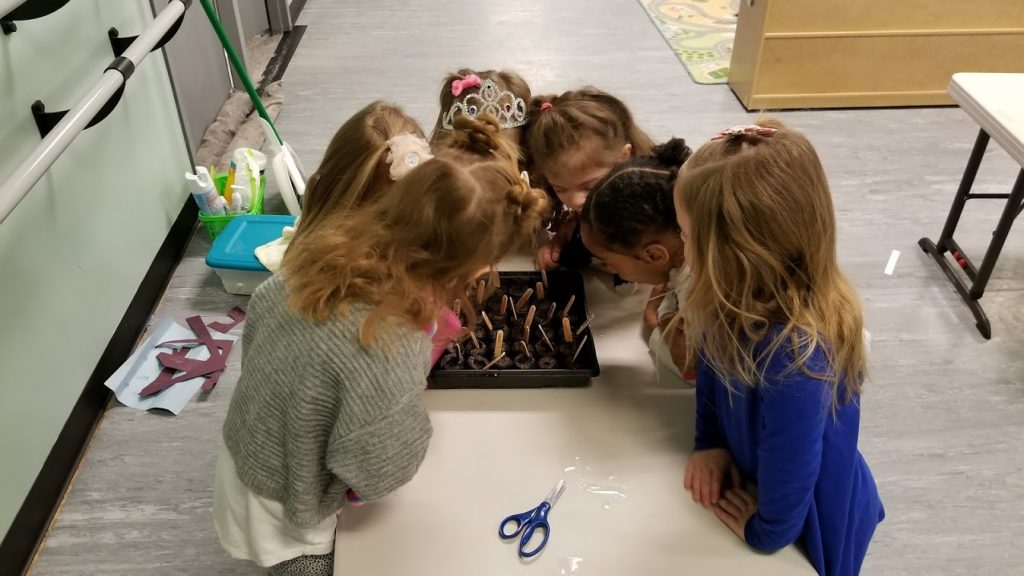
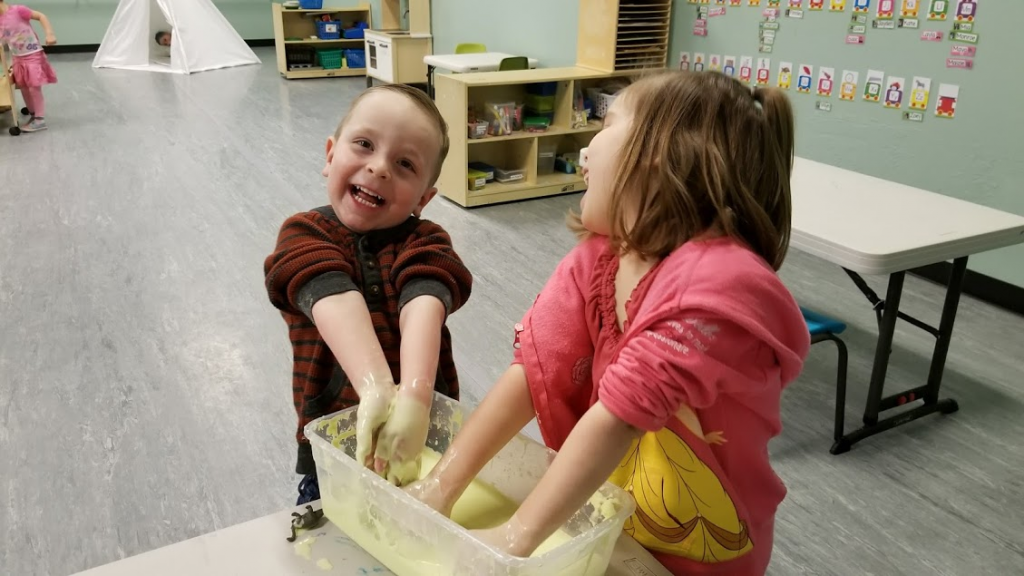

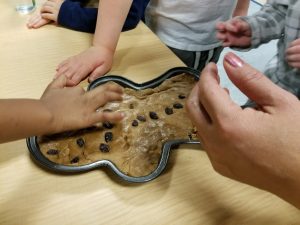
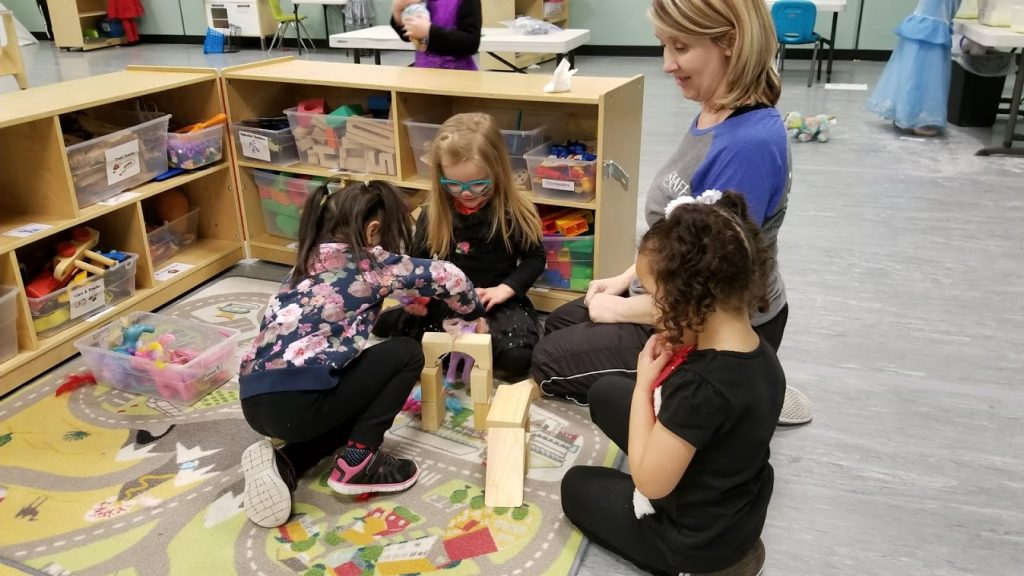

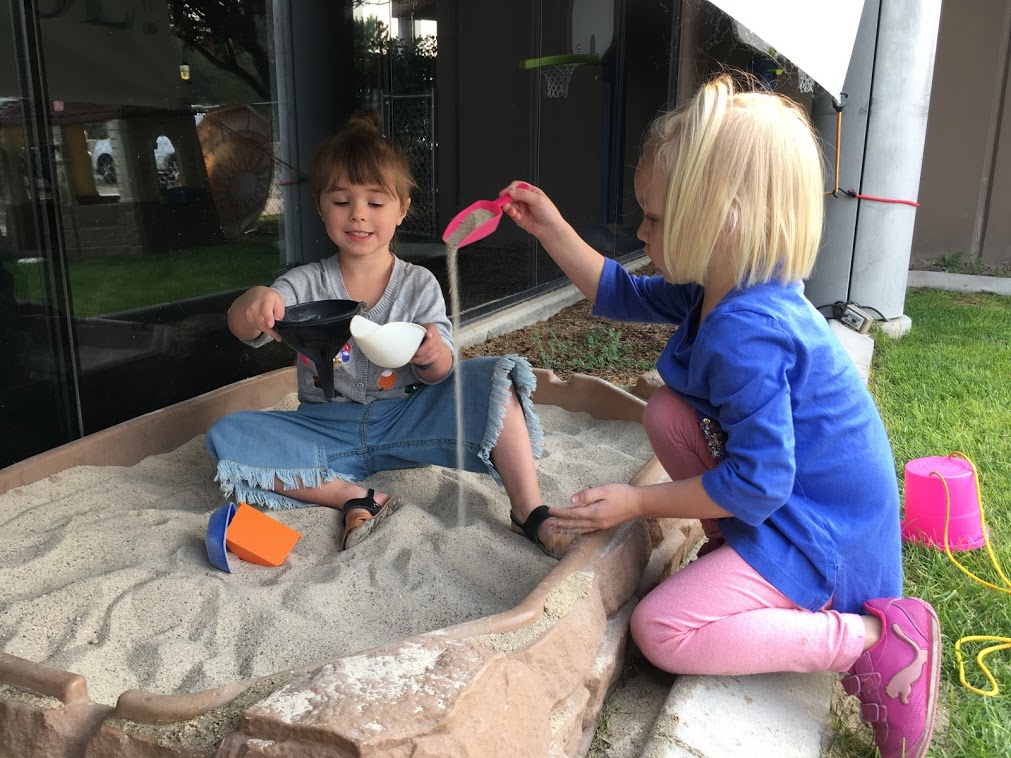
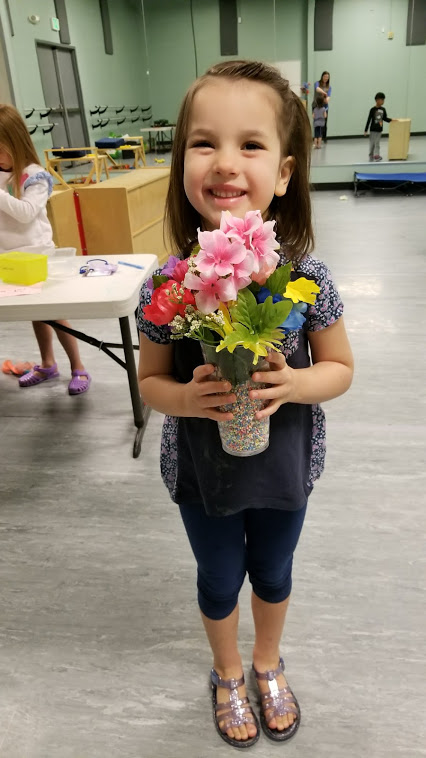
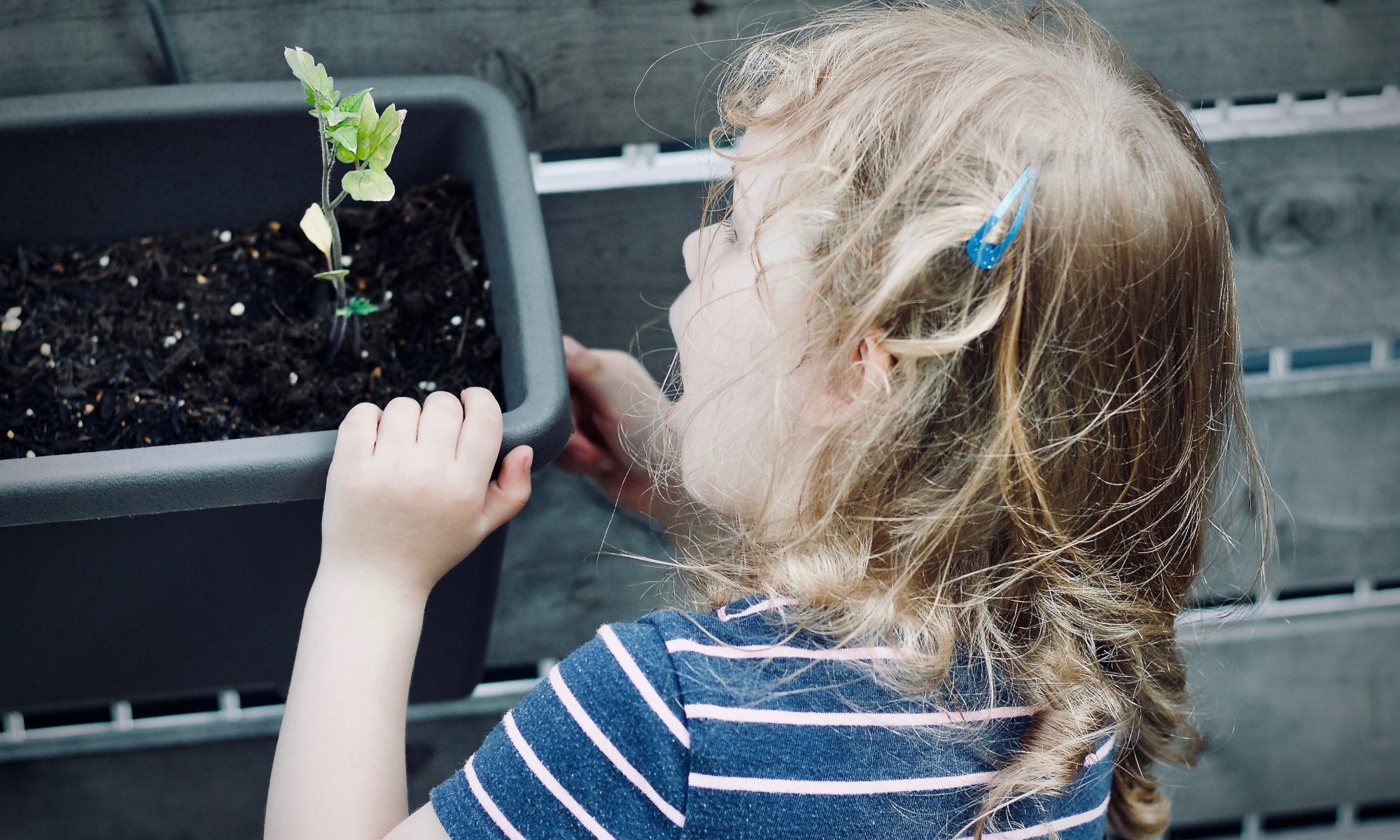
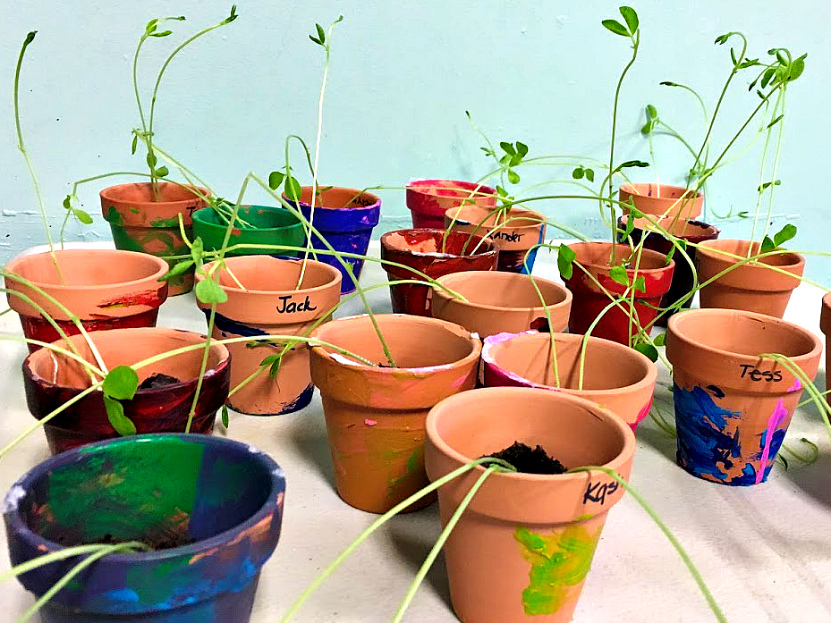

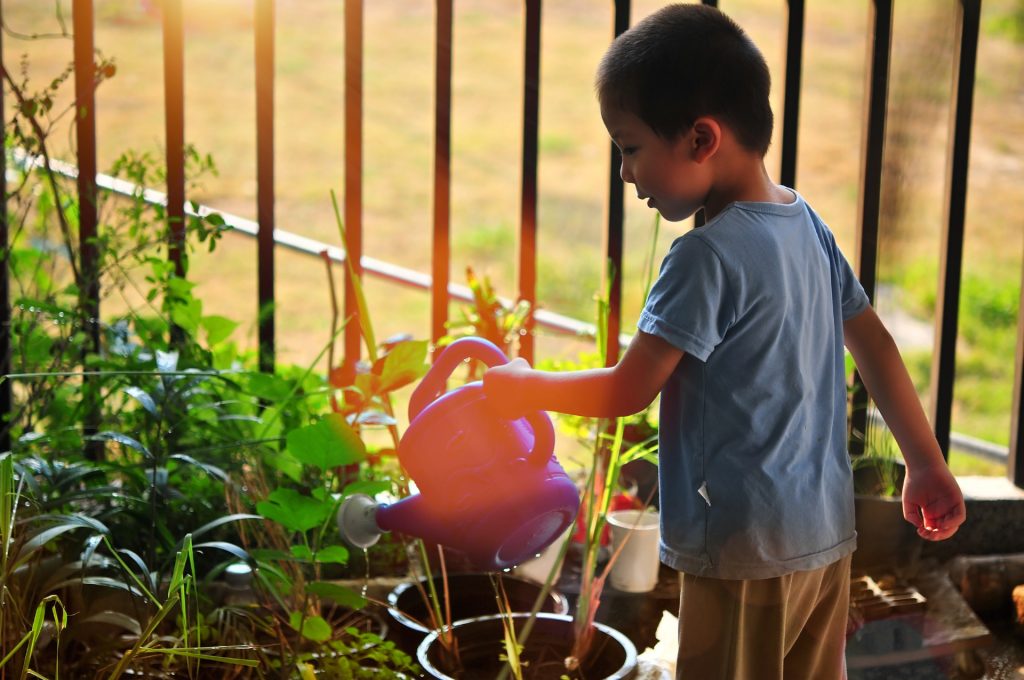
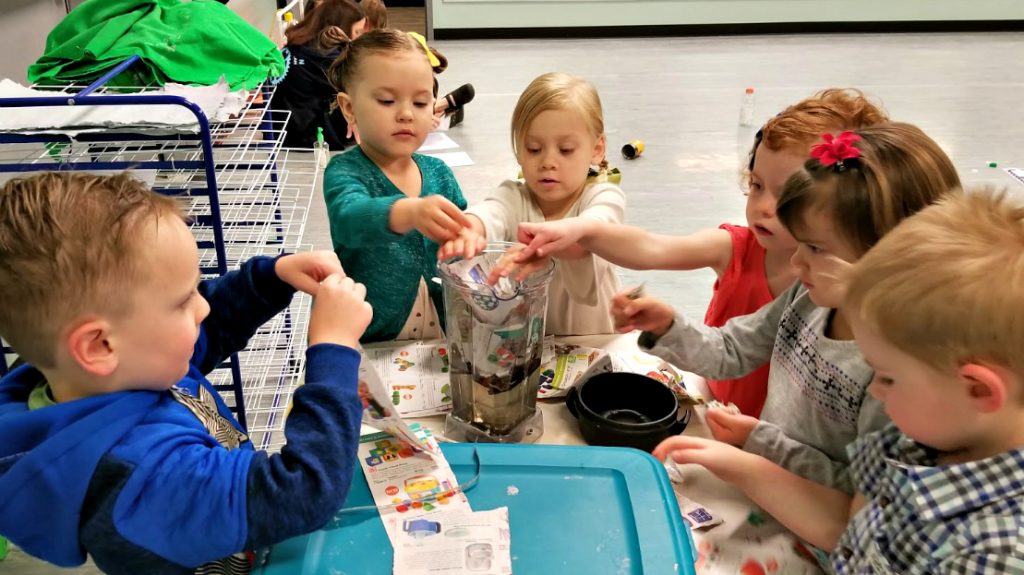
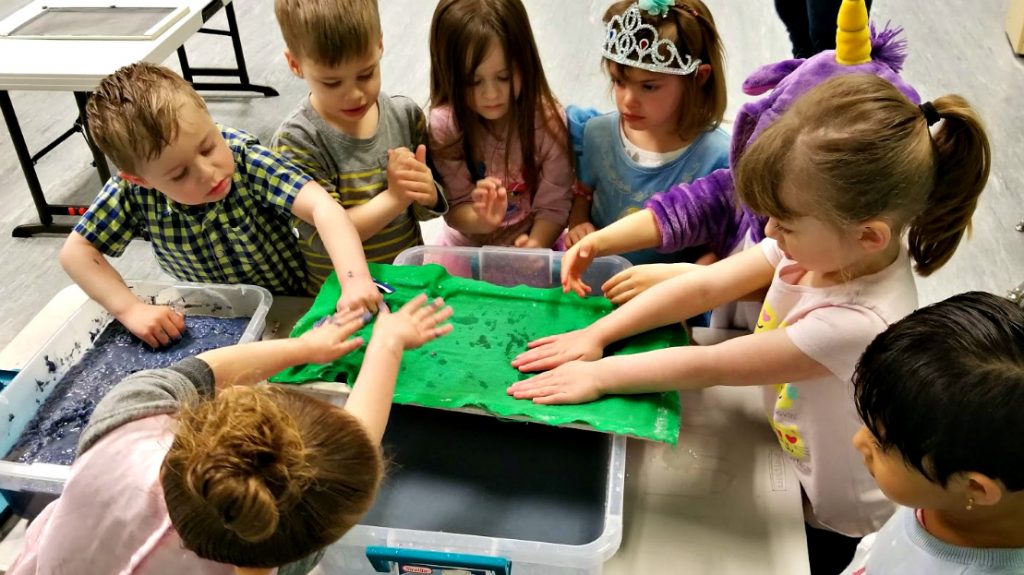
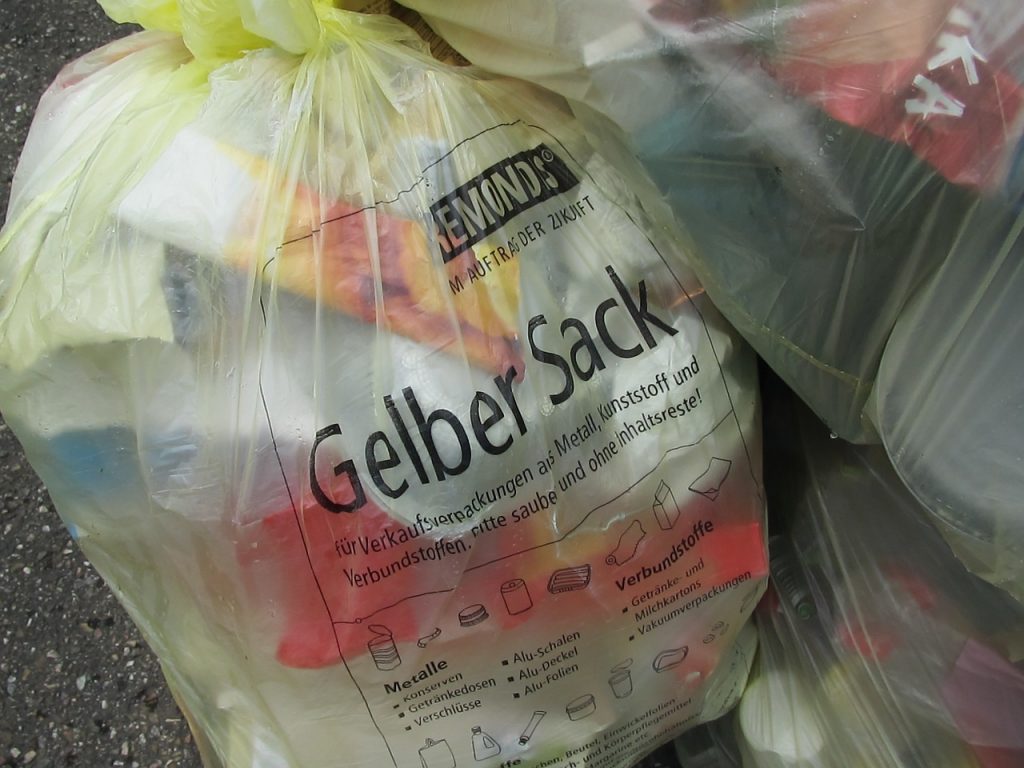
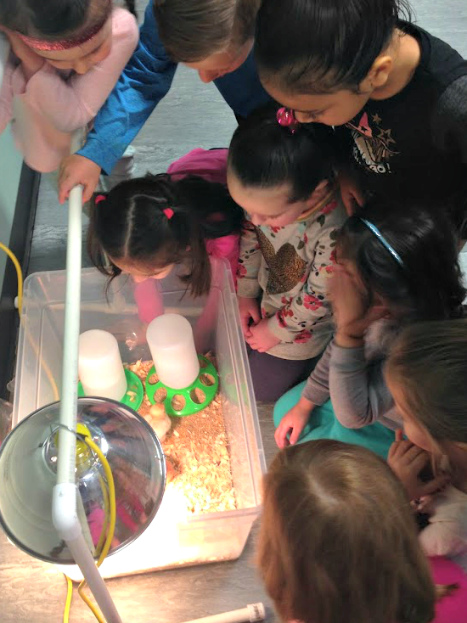
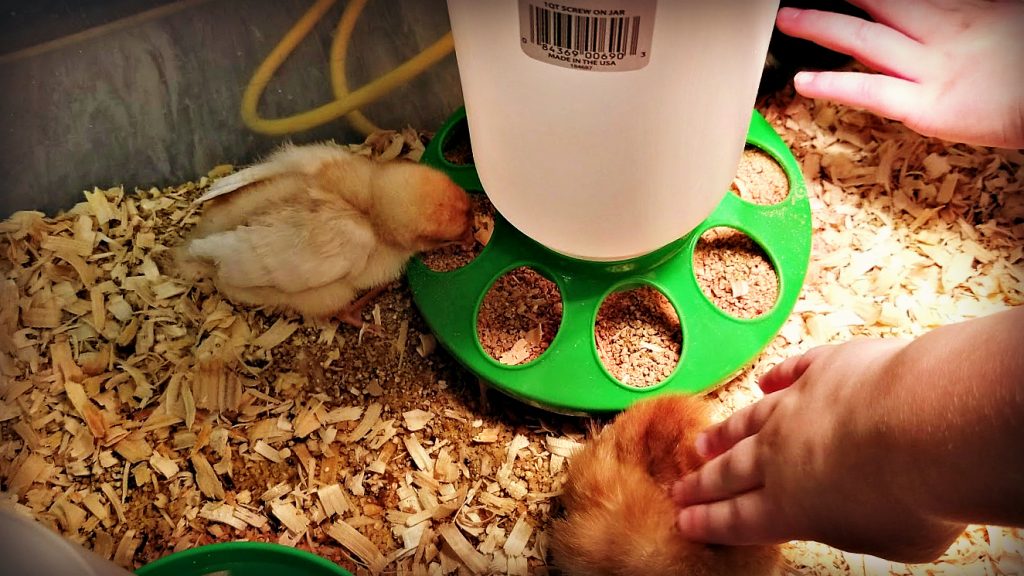
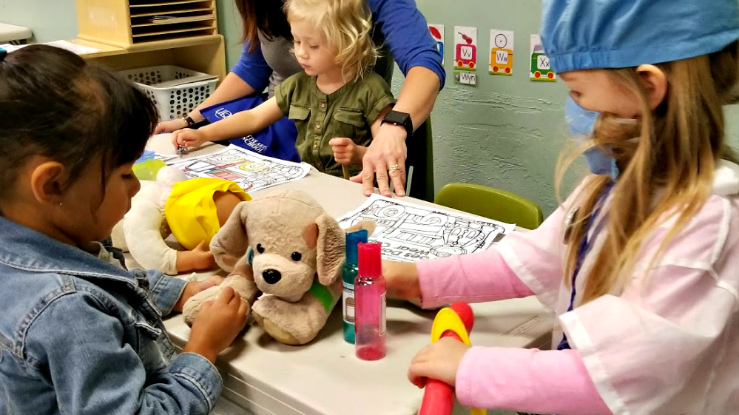
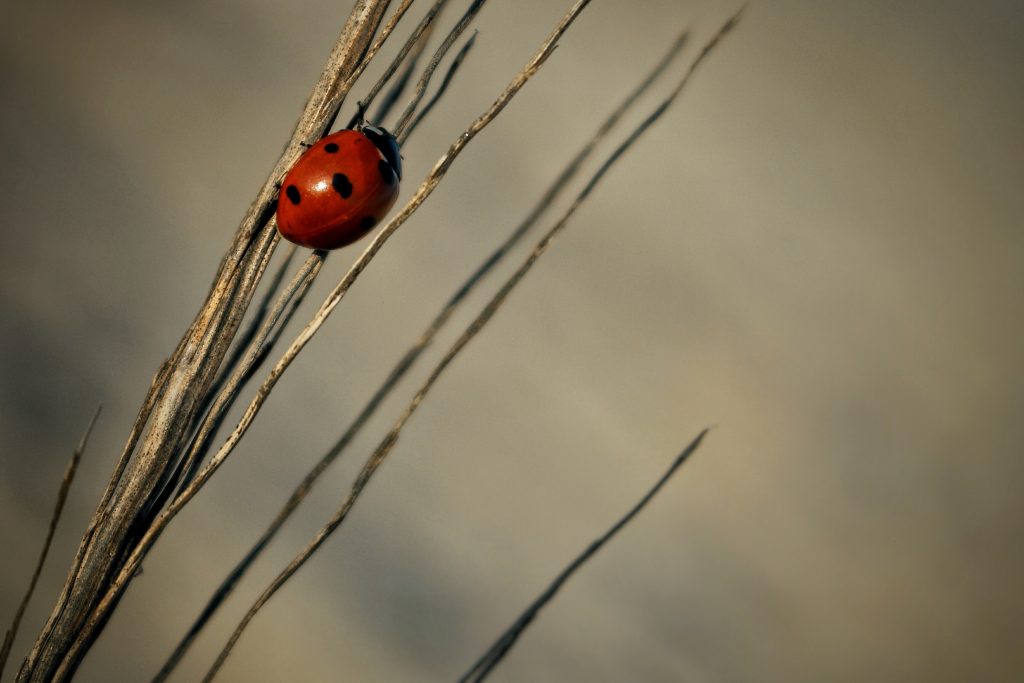
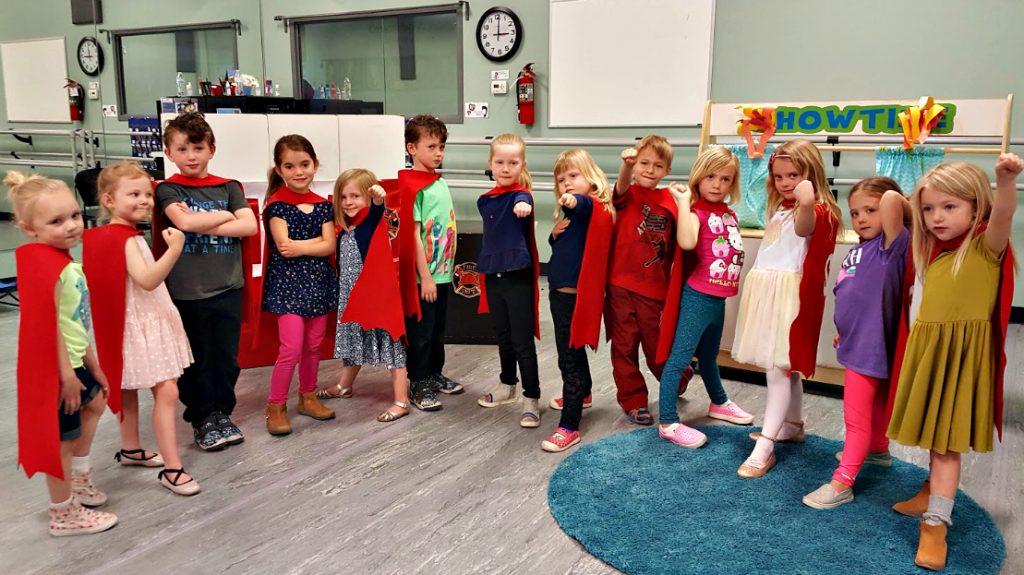
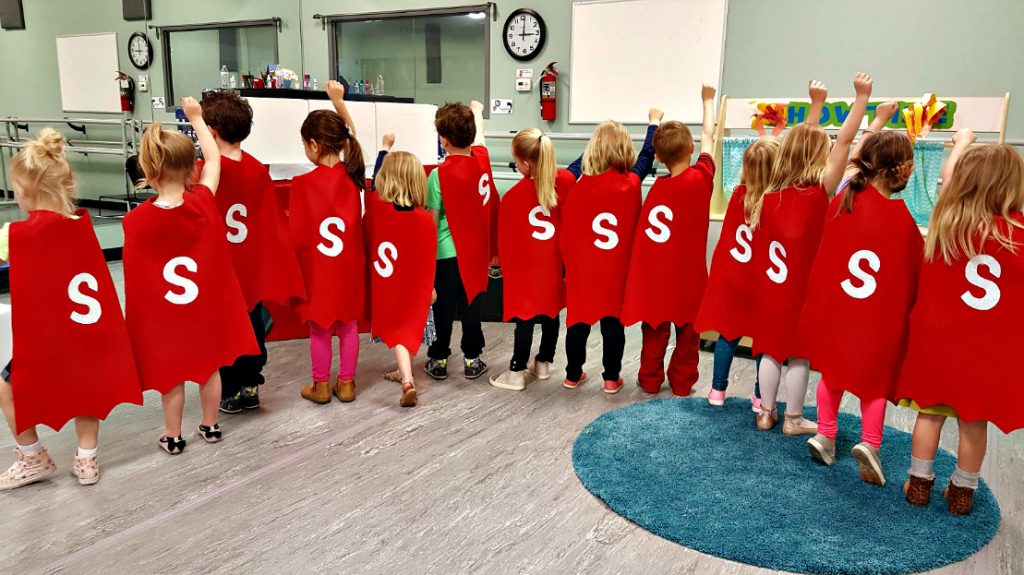
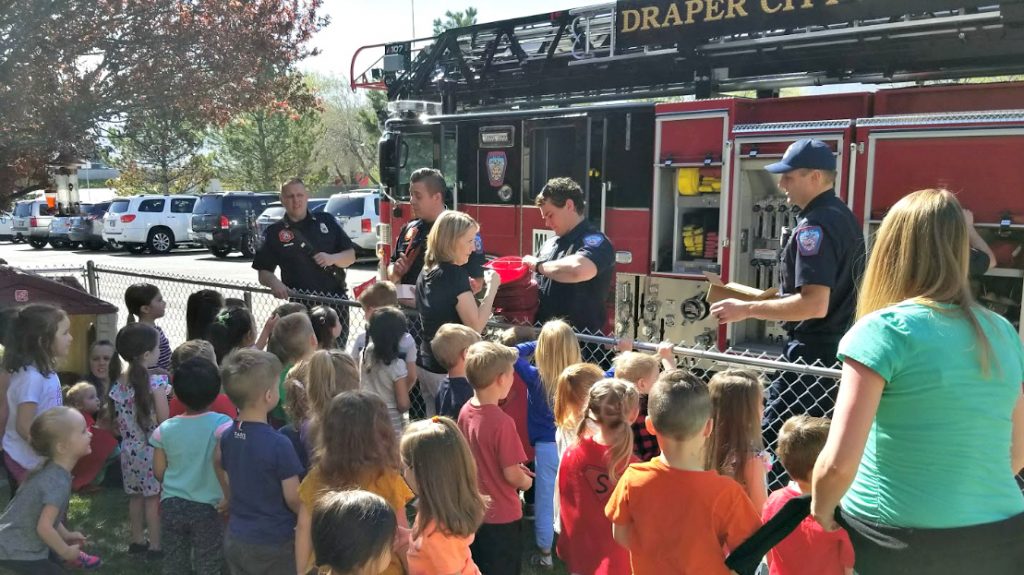 For little preschool bodies, the excitement was hard to contain as the firefighters drove up in their trucks to show us their gear and teach us about the importance of fire safety.
For little preschool bodies, the excitement was hard to contain as the firefighters drove up in their trucks to show us their gear and teach us about the importance of fire safety.